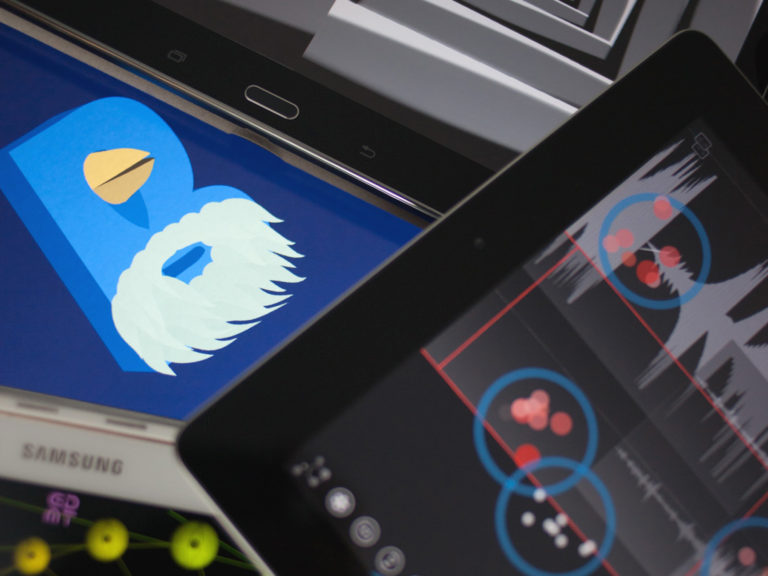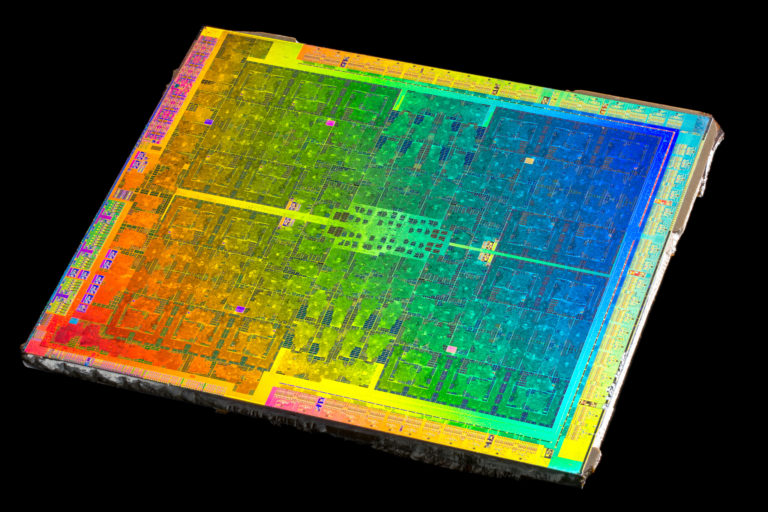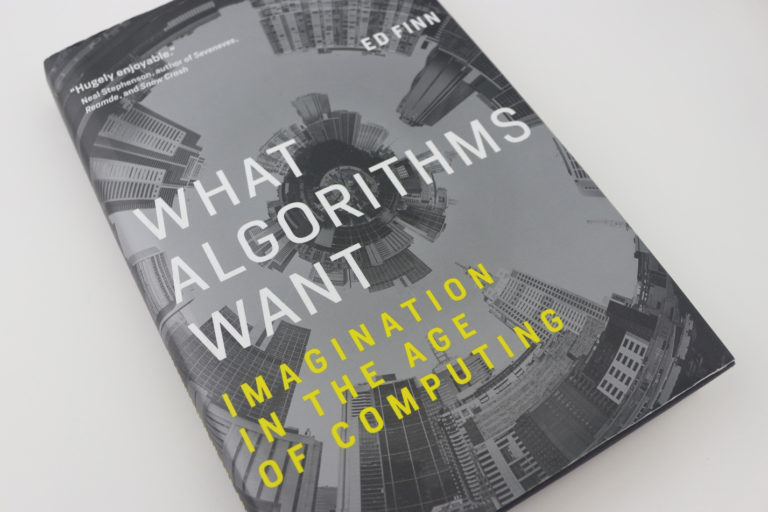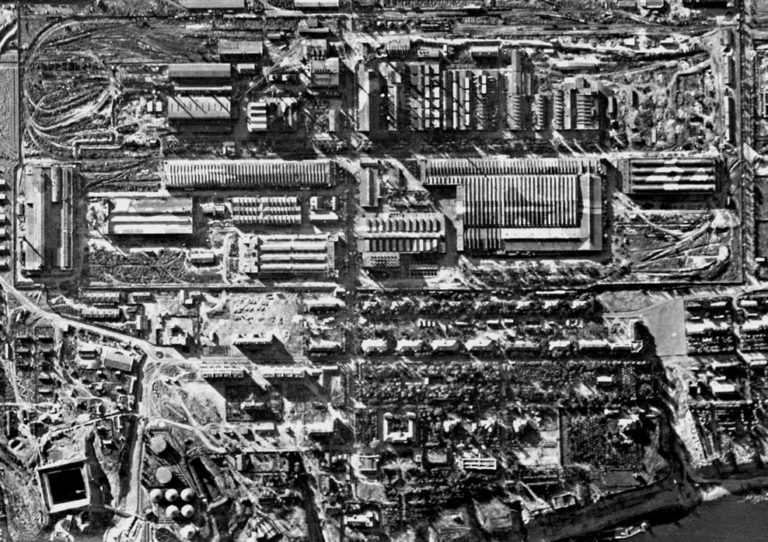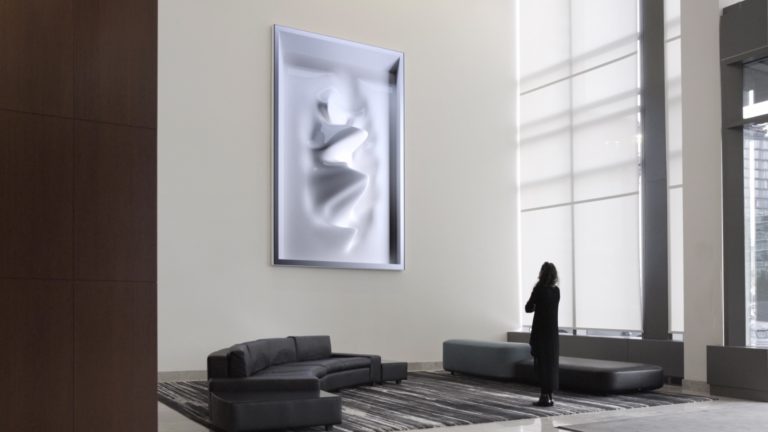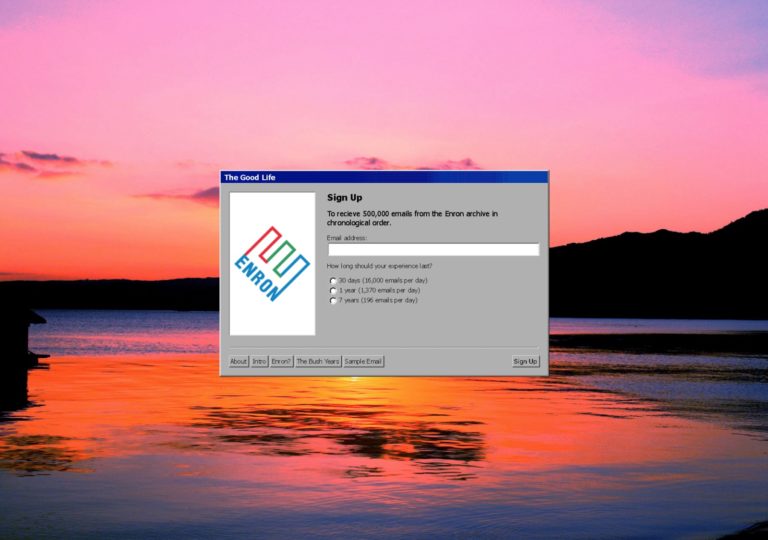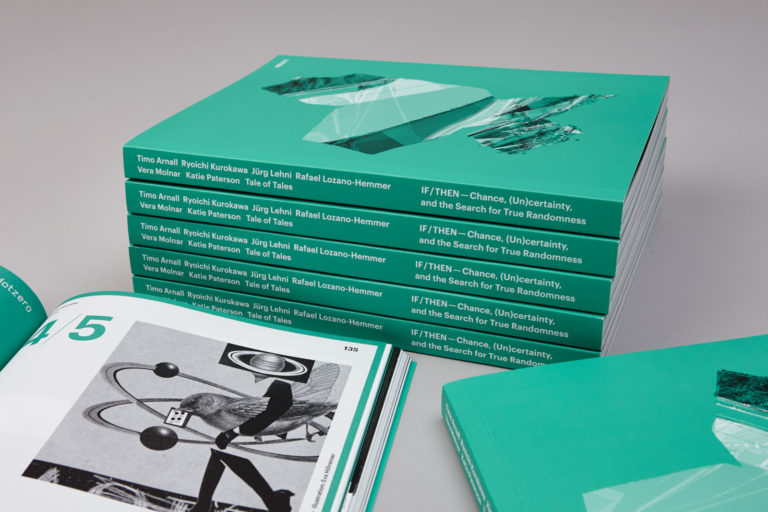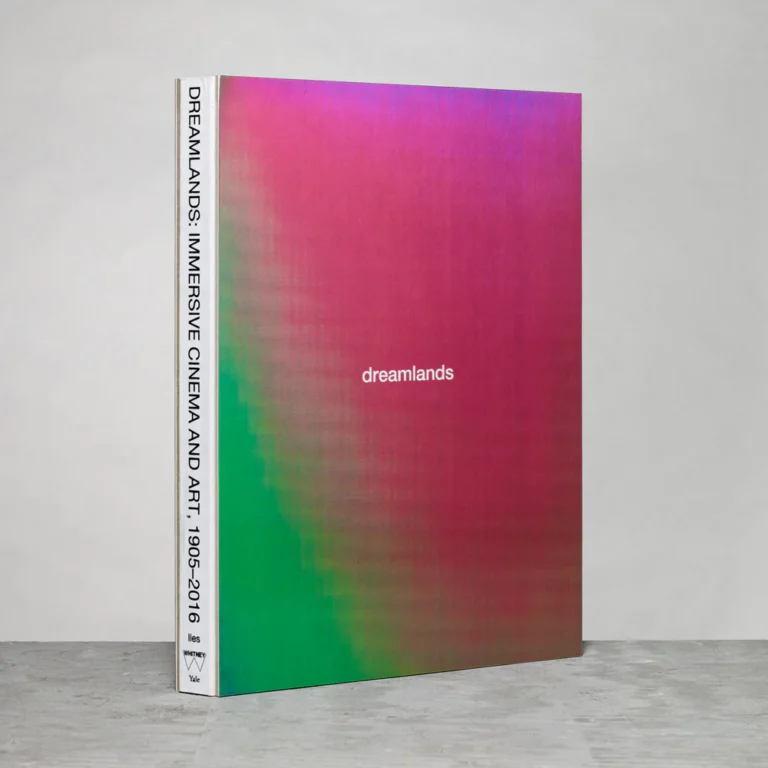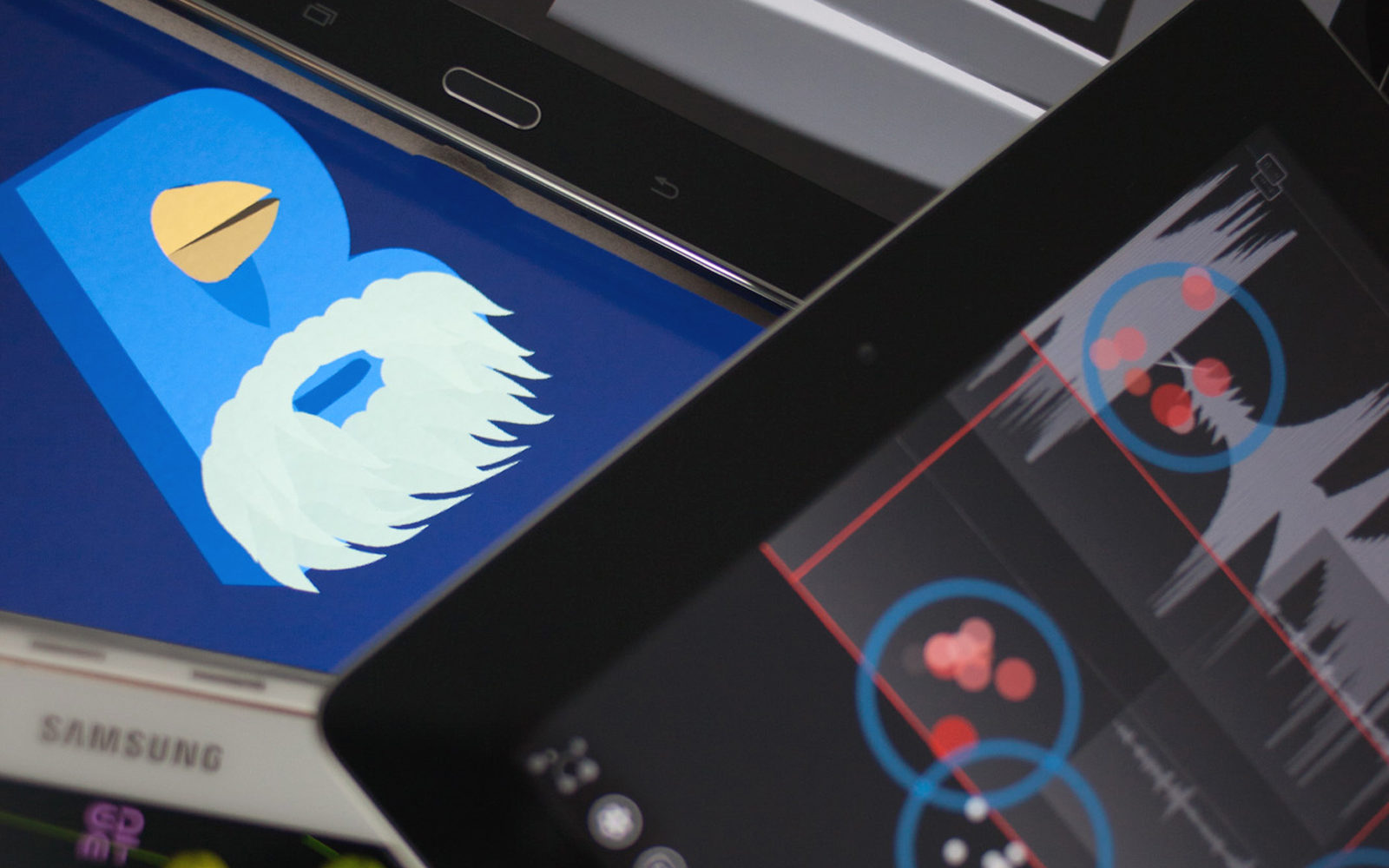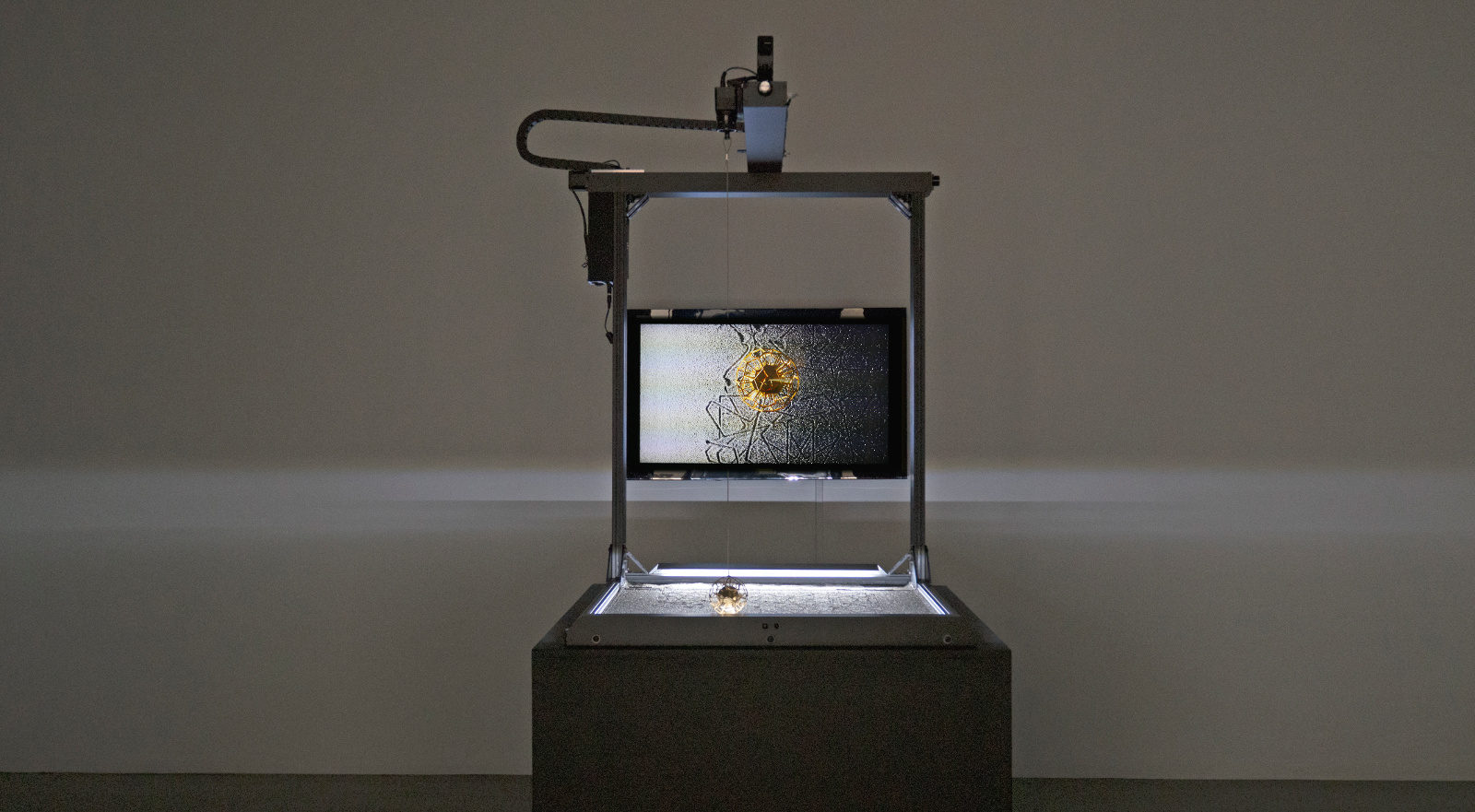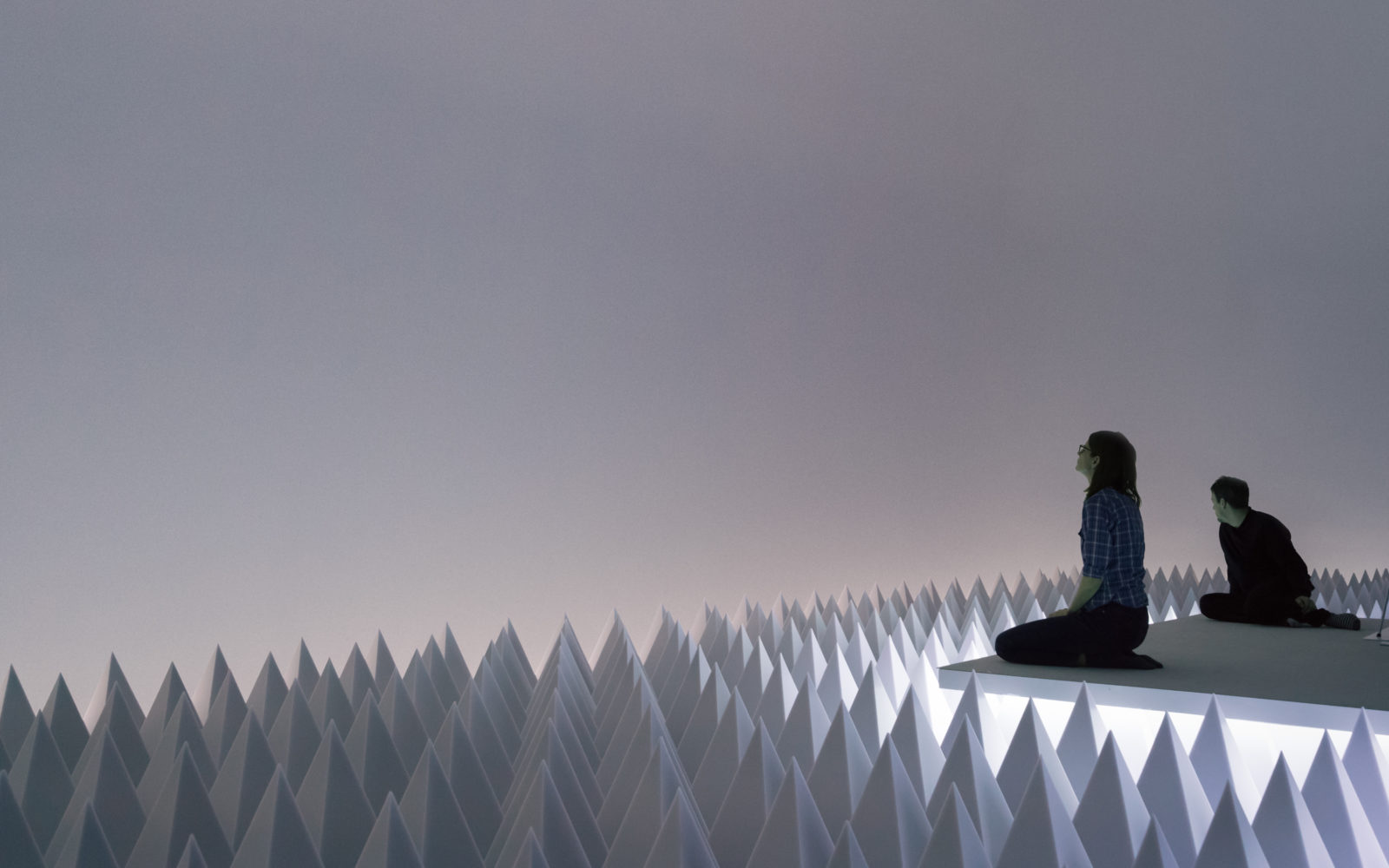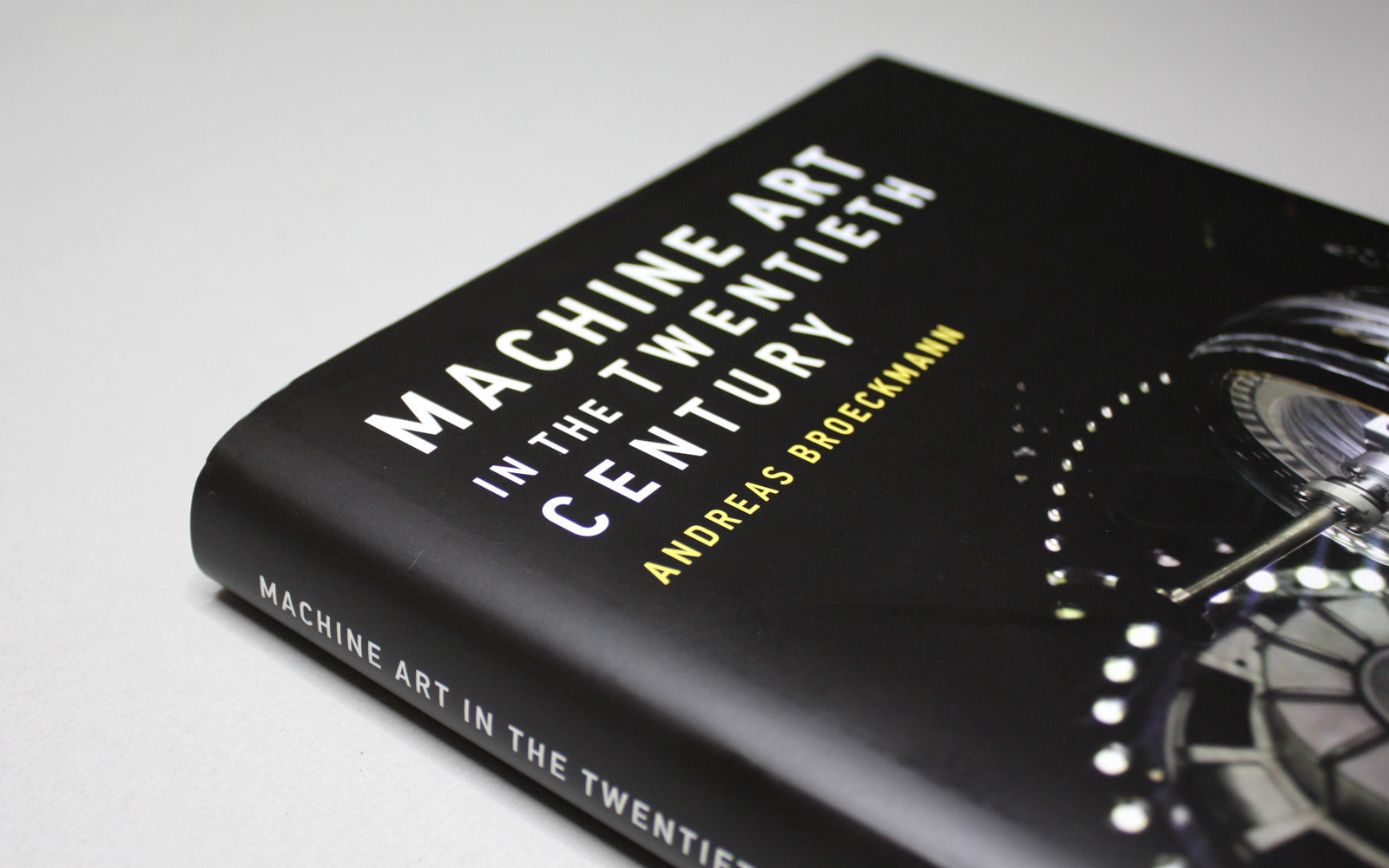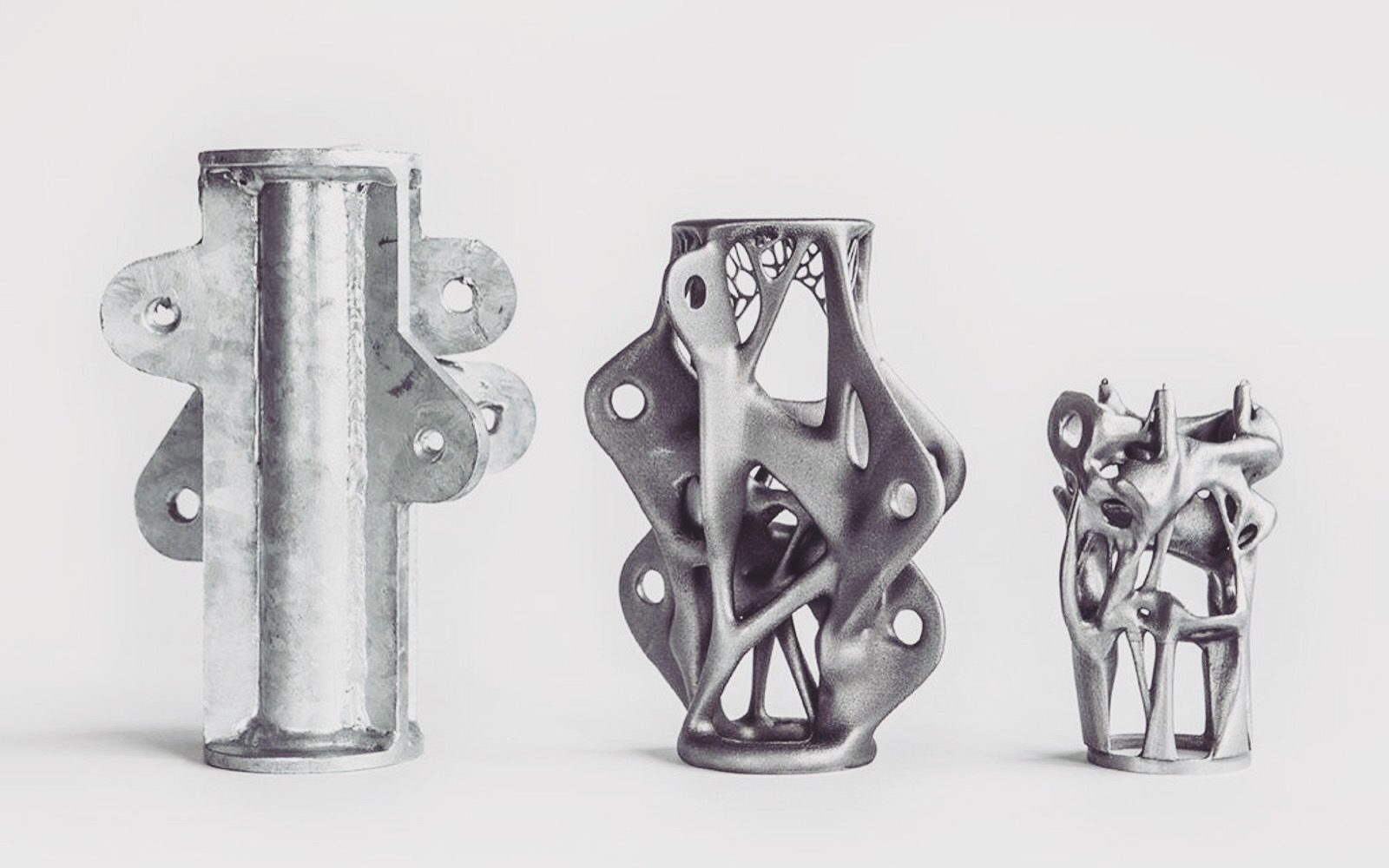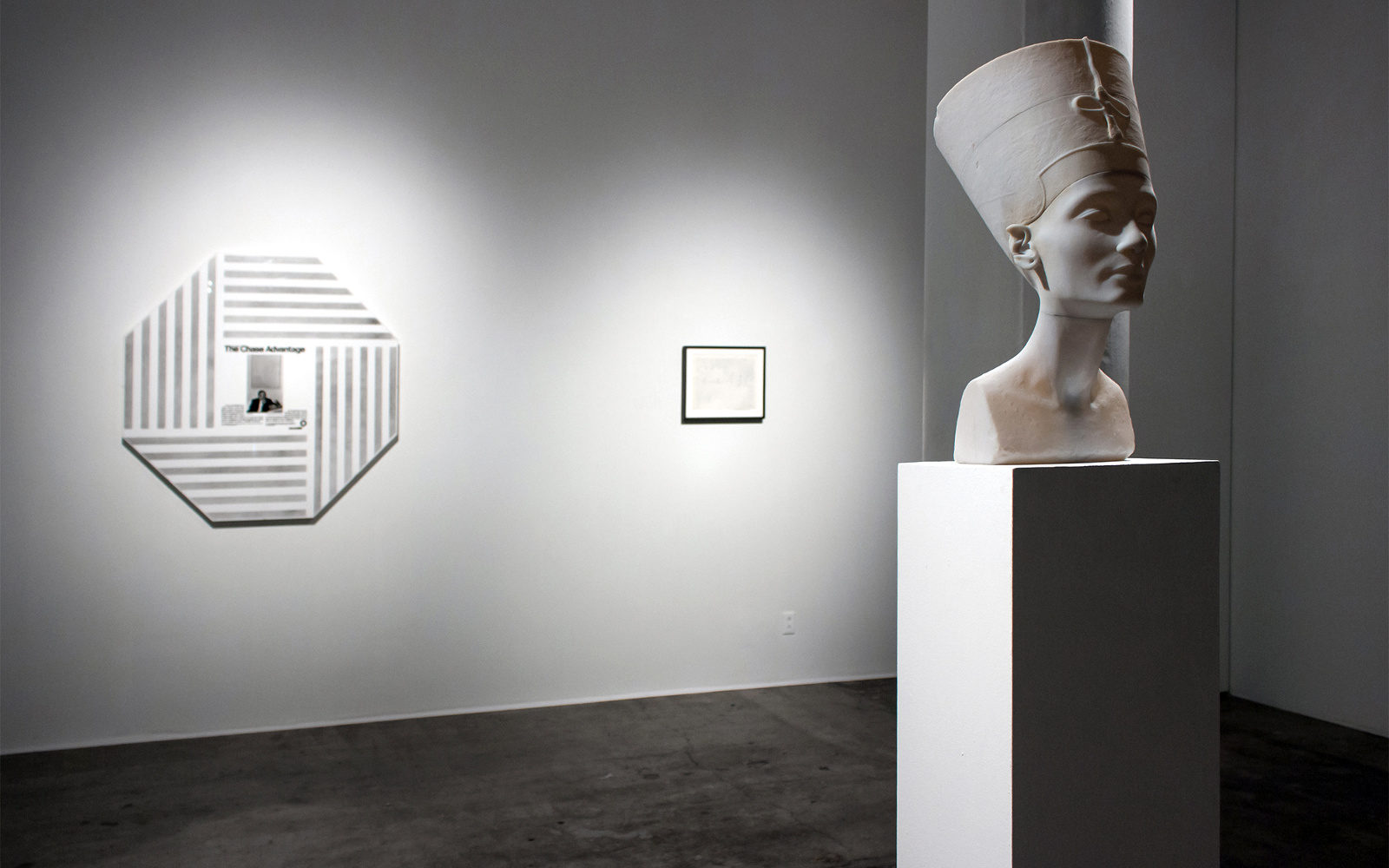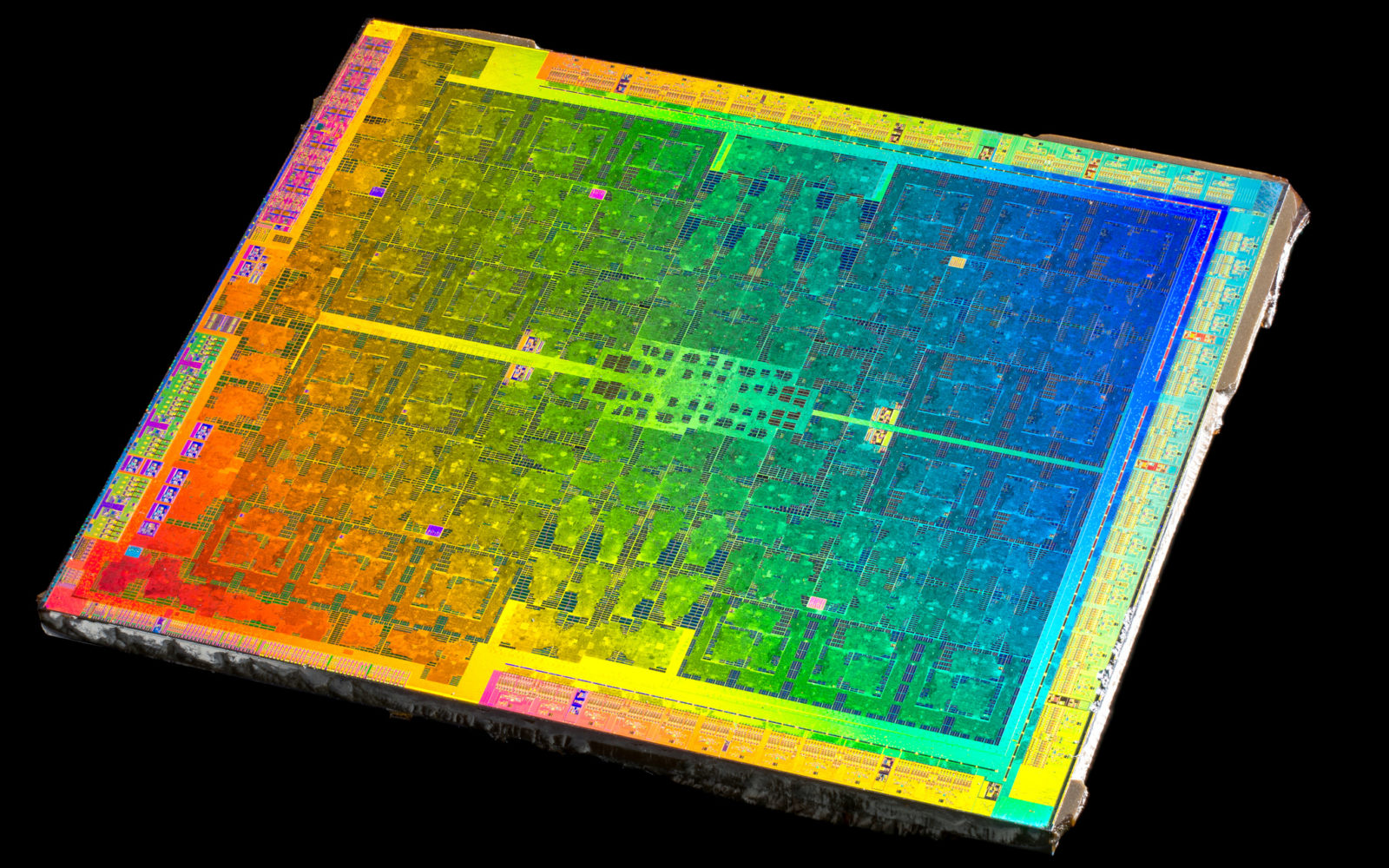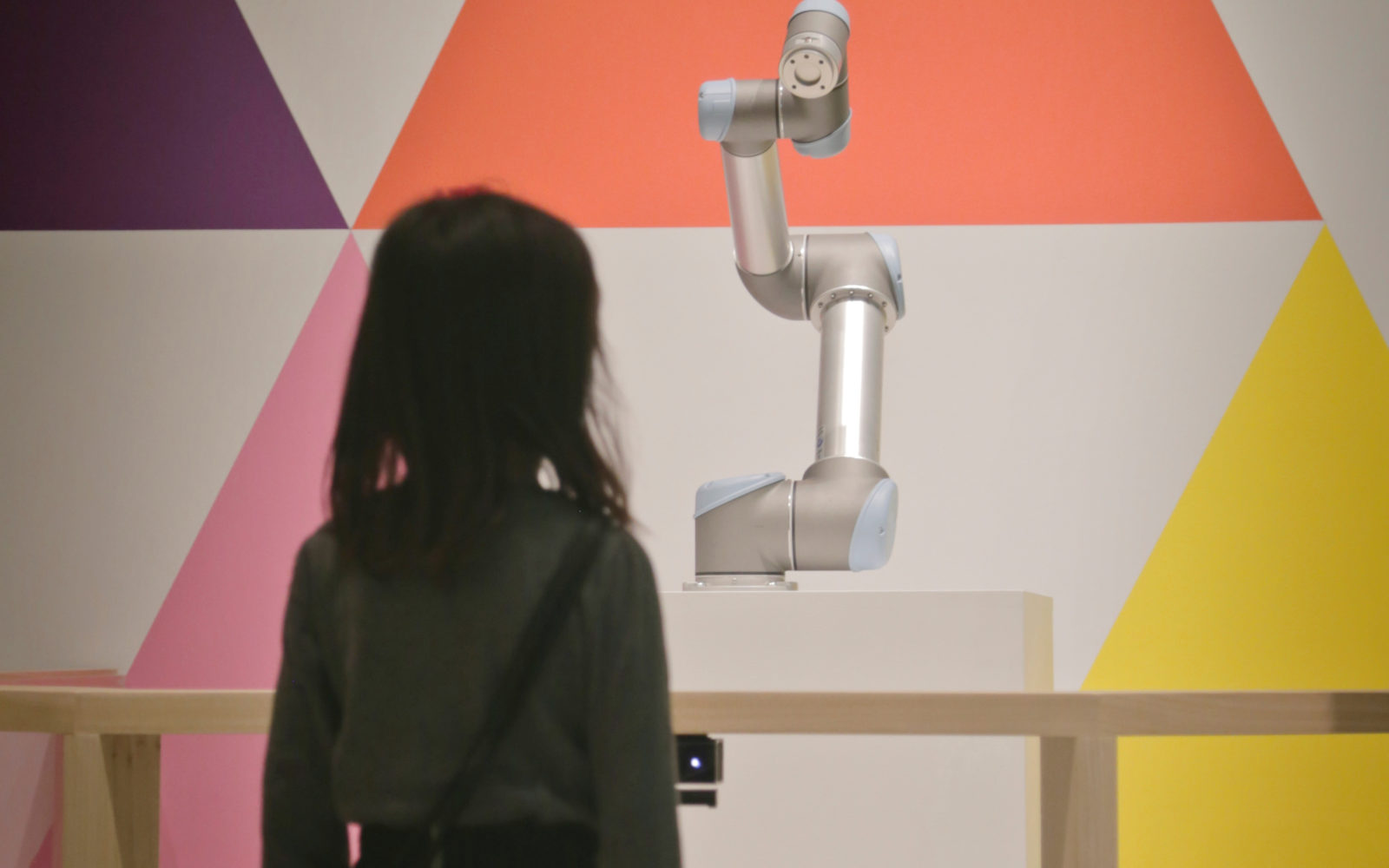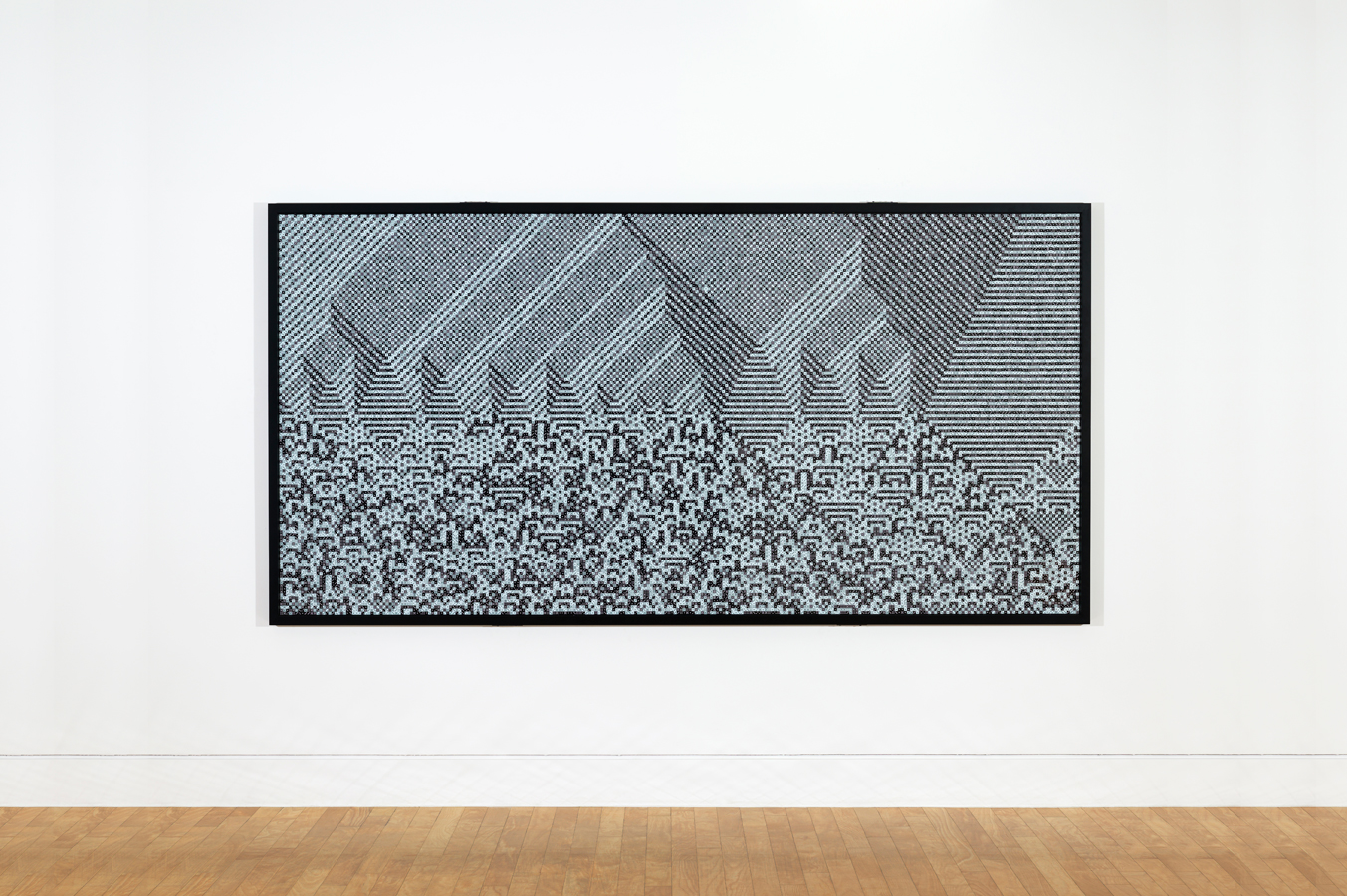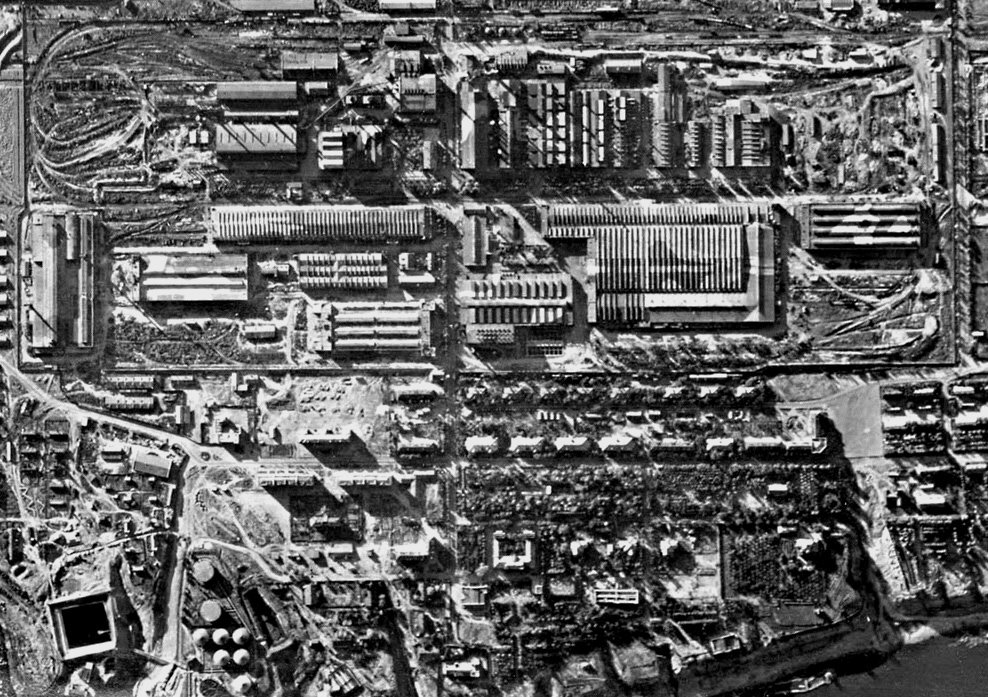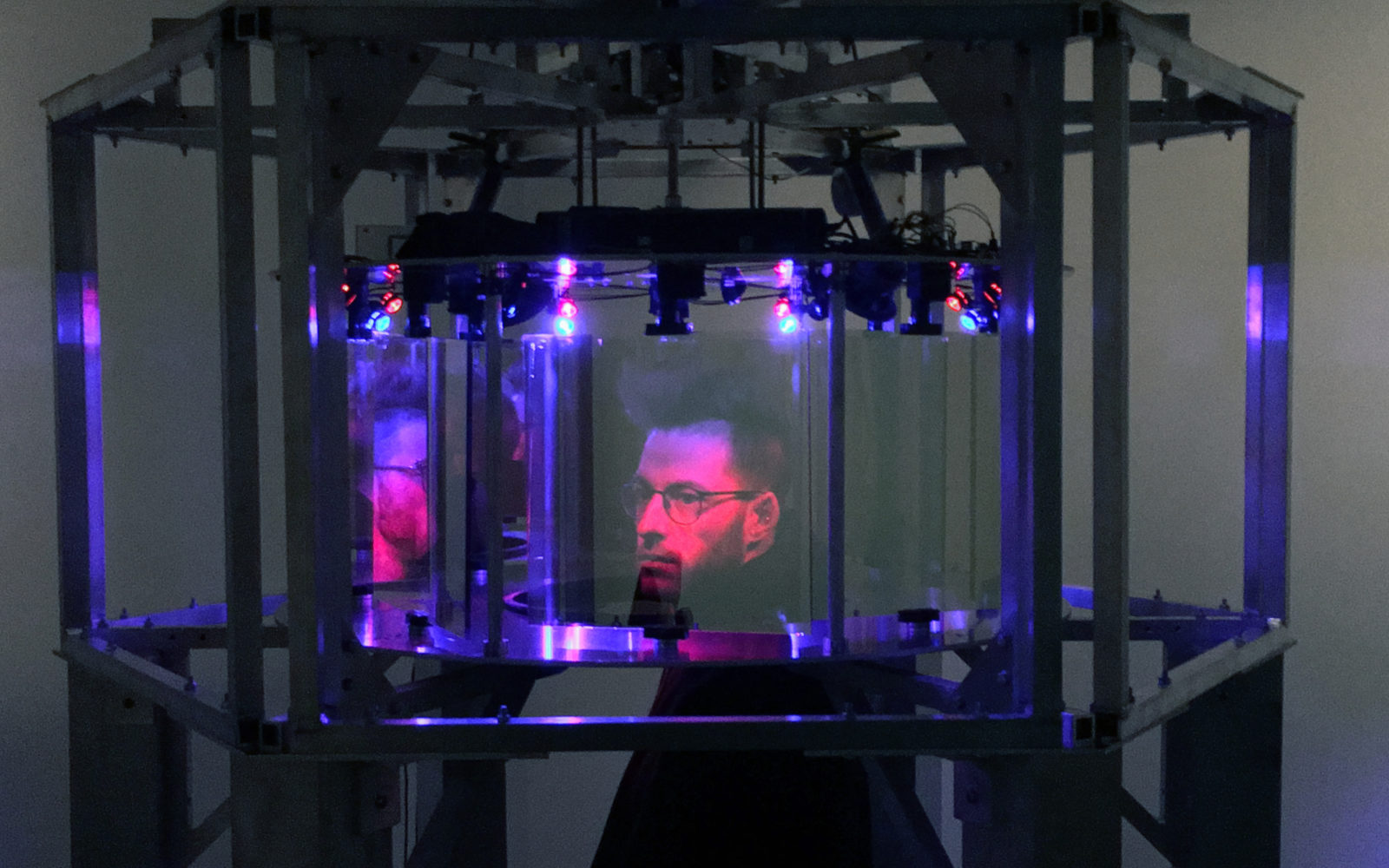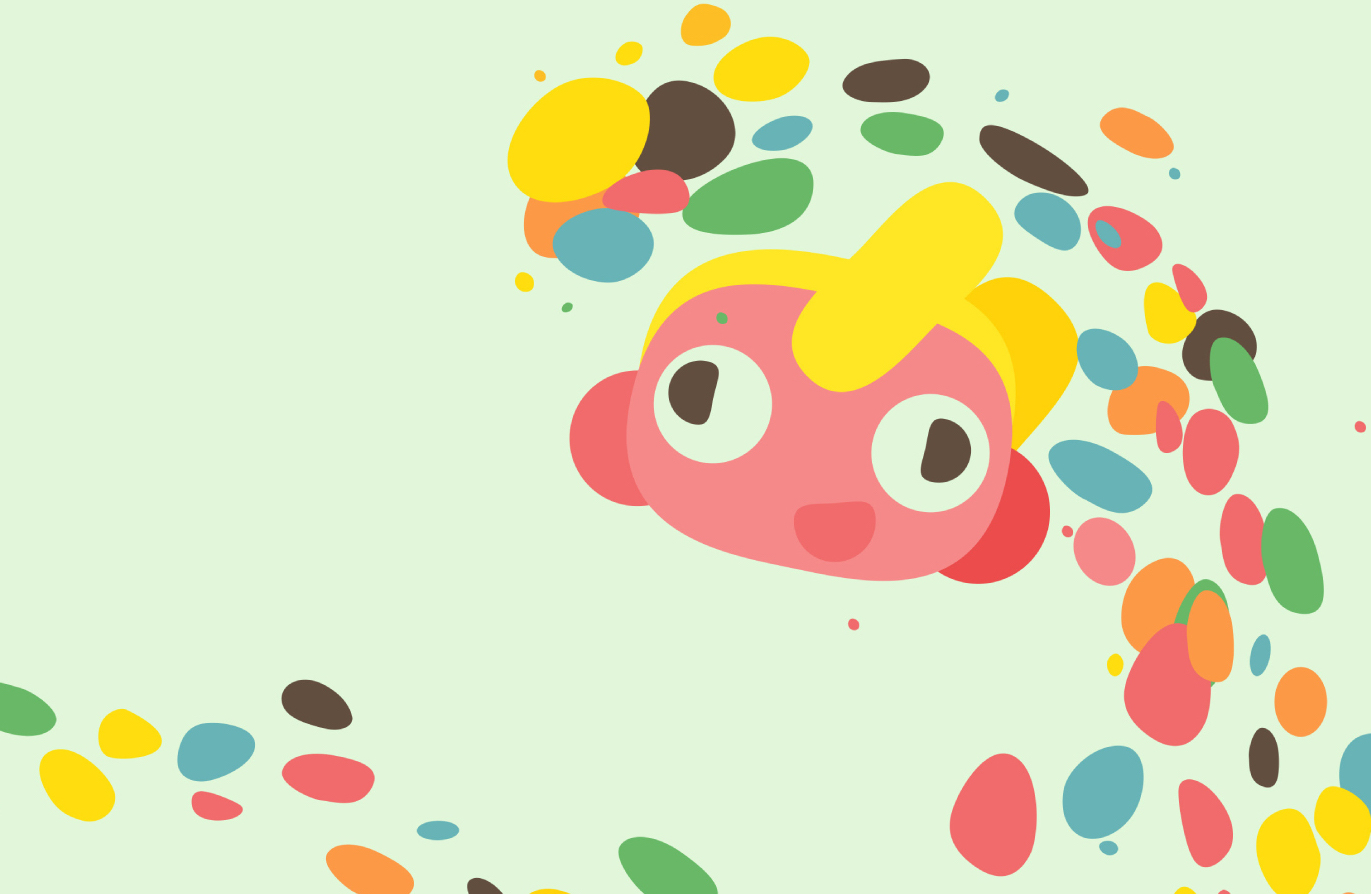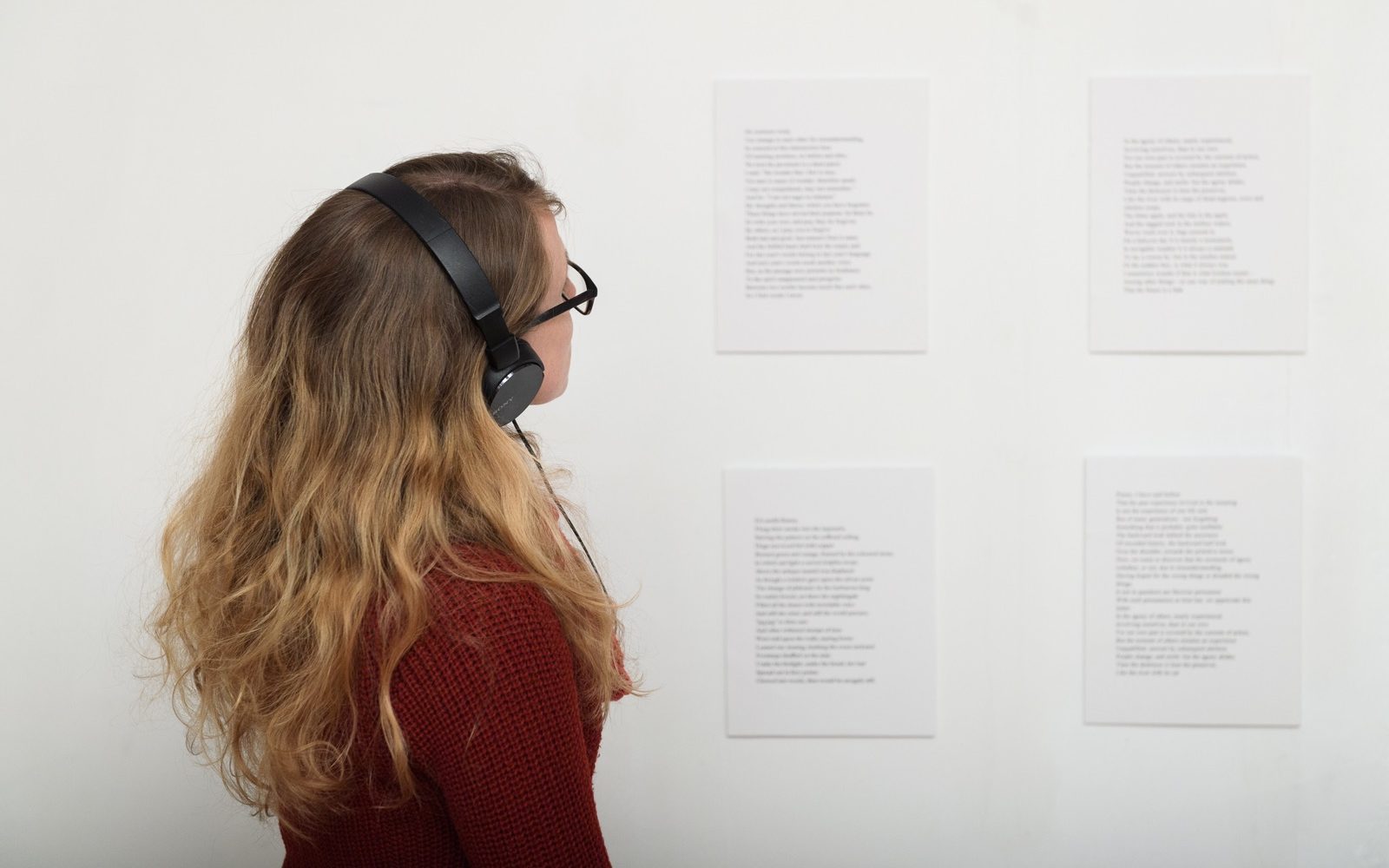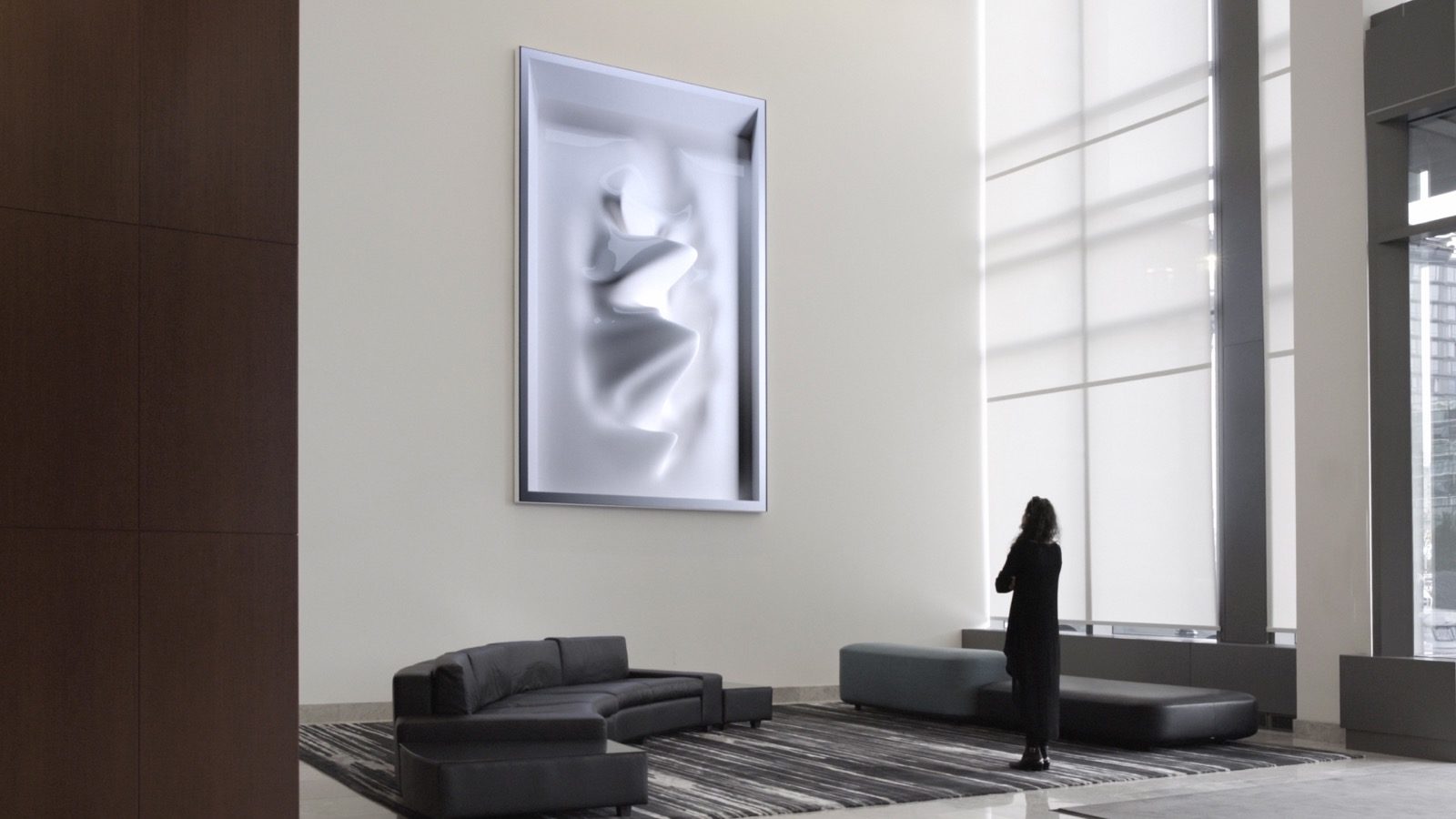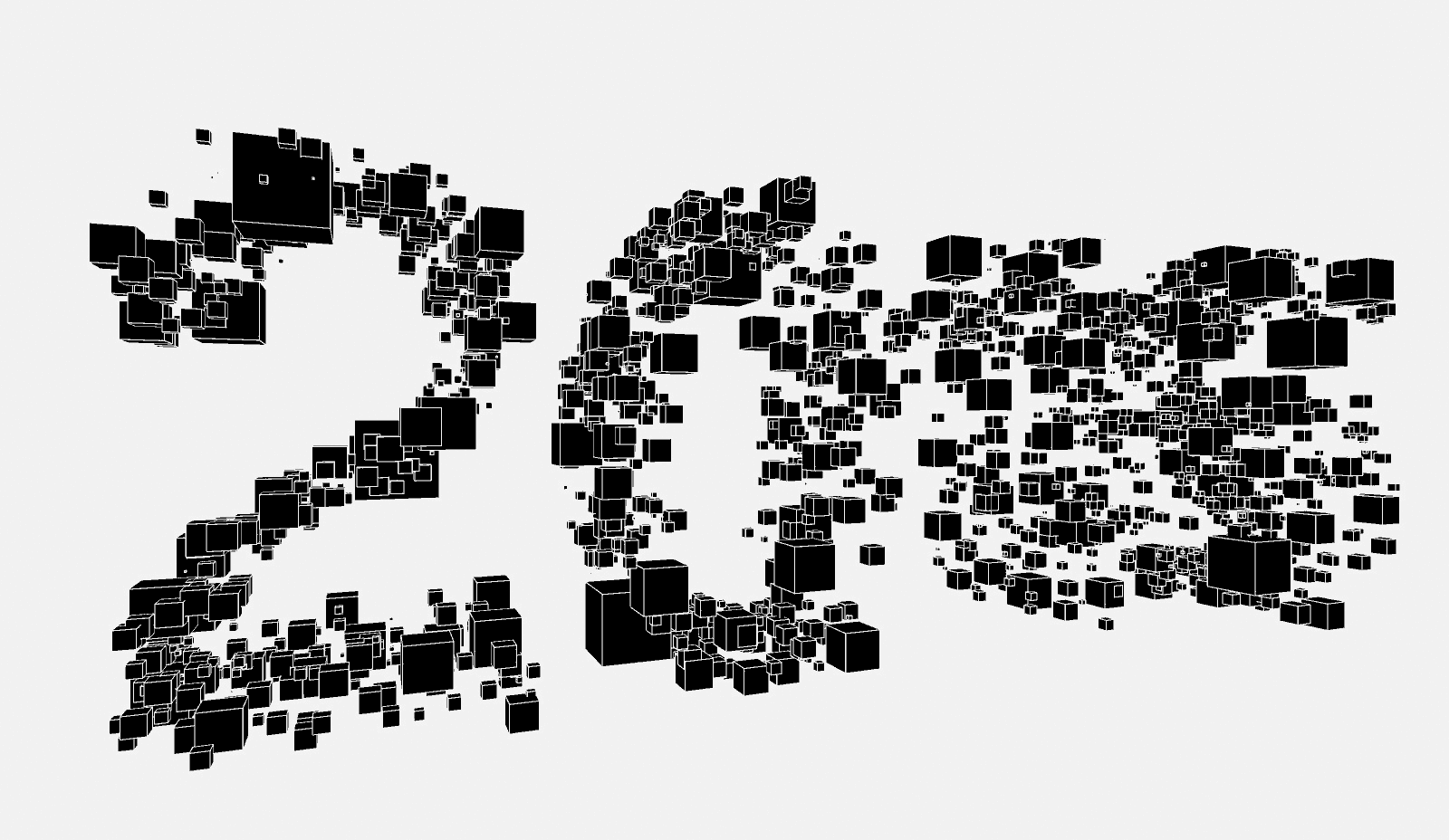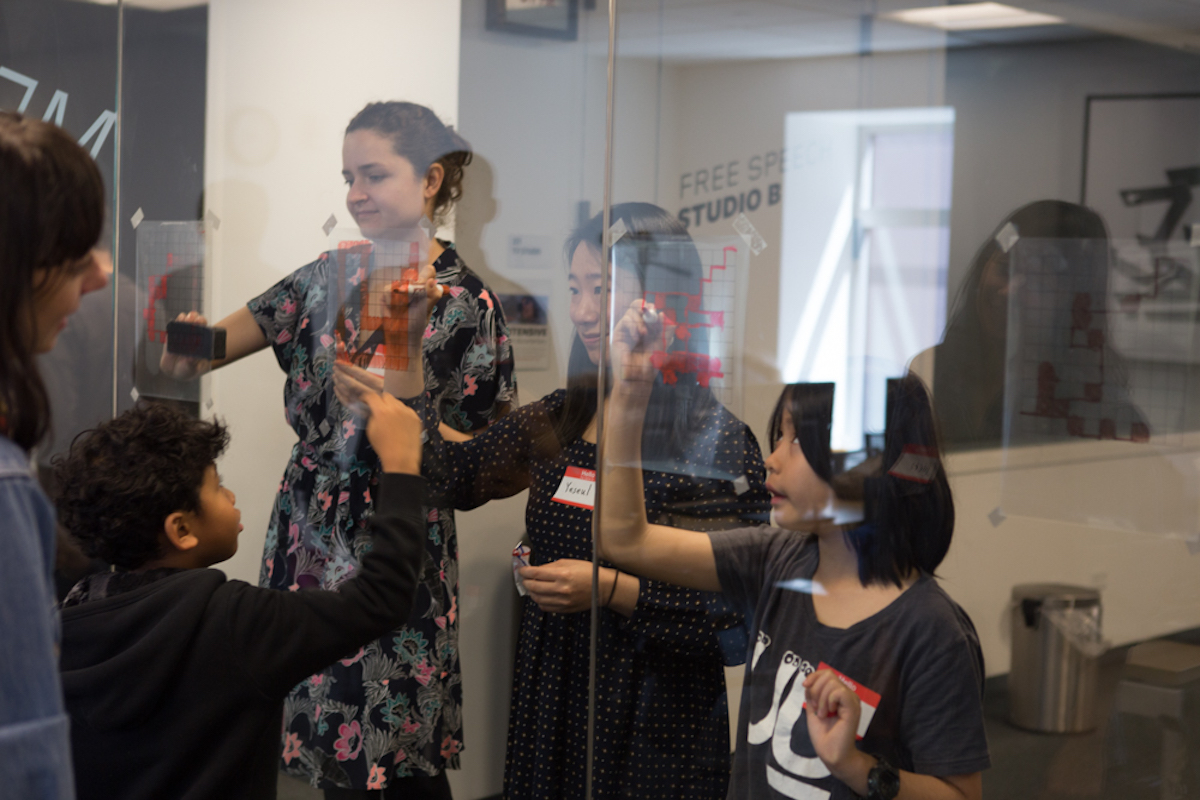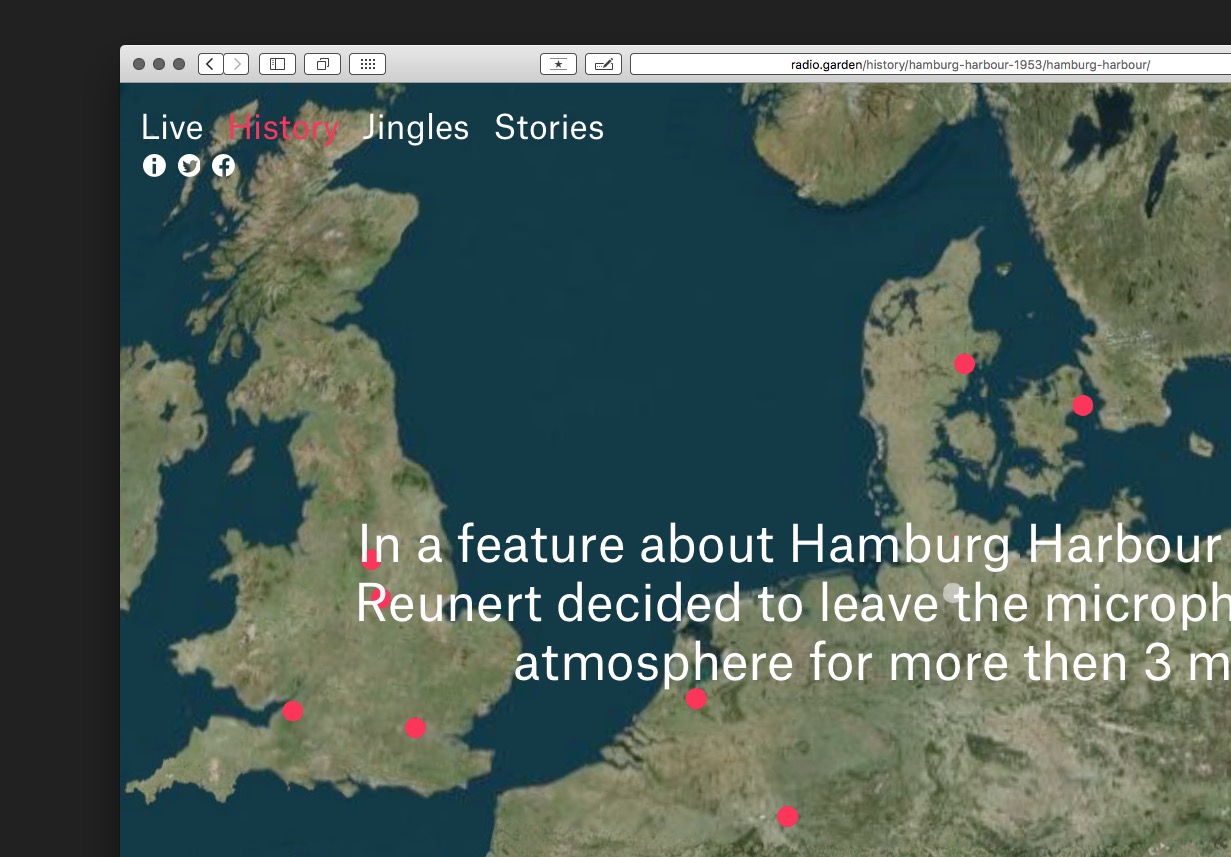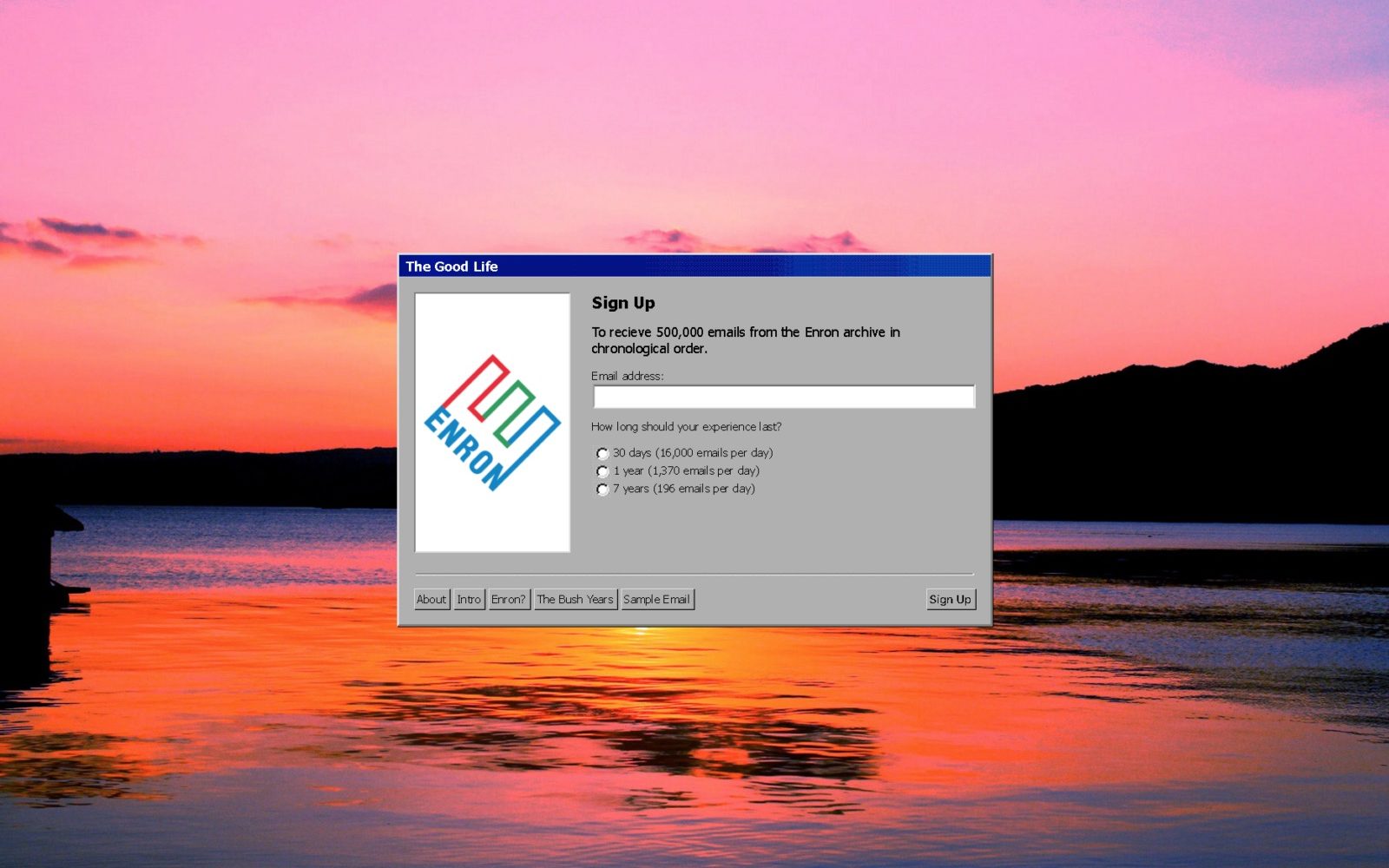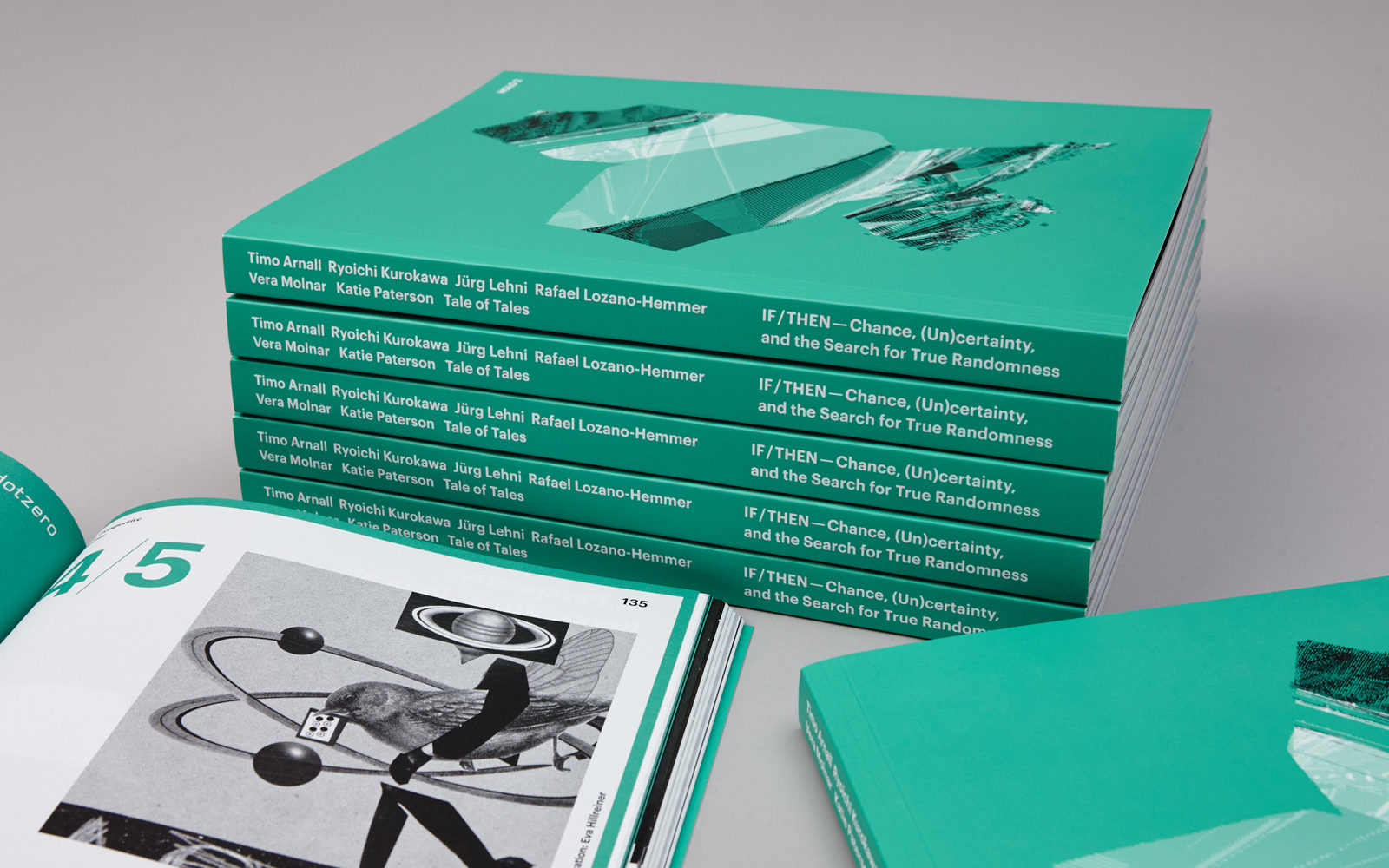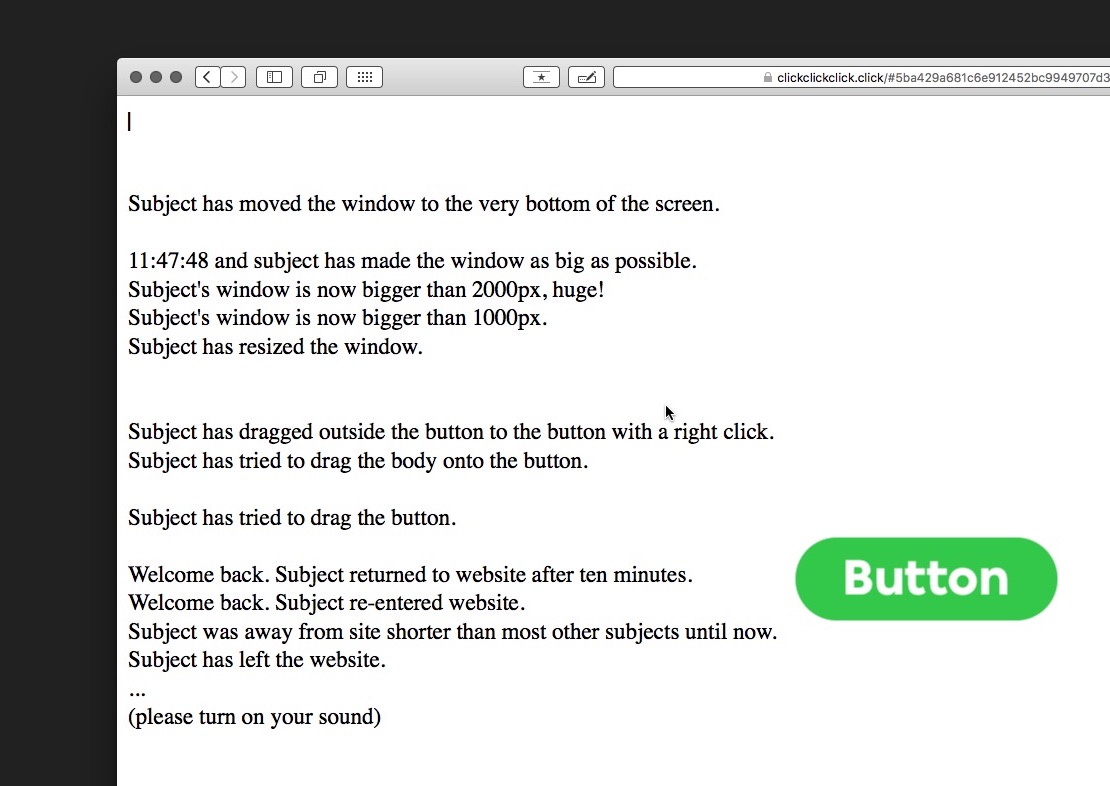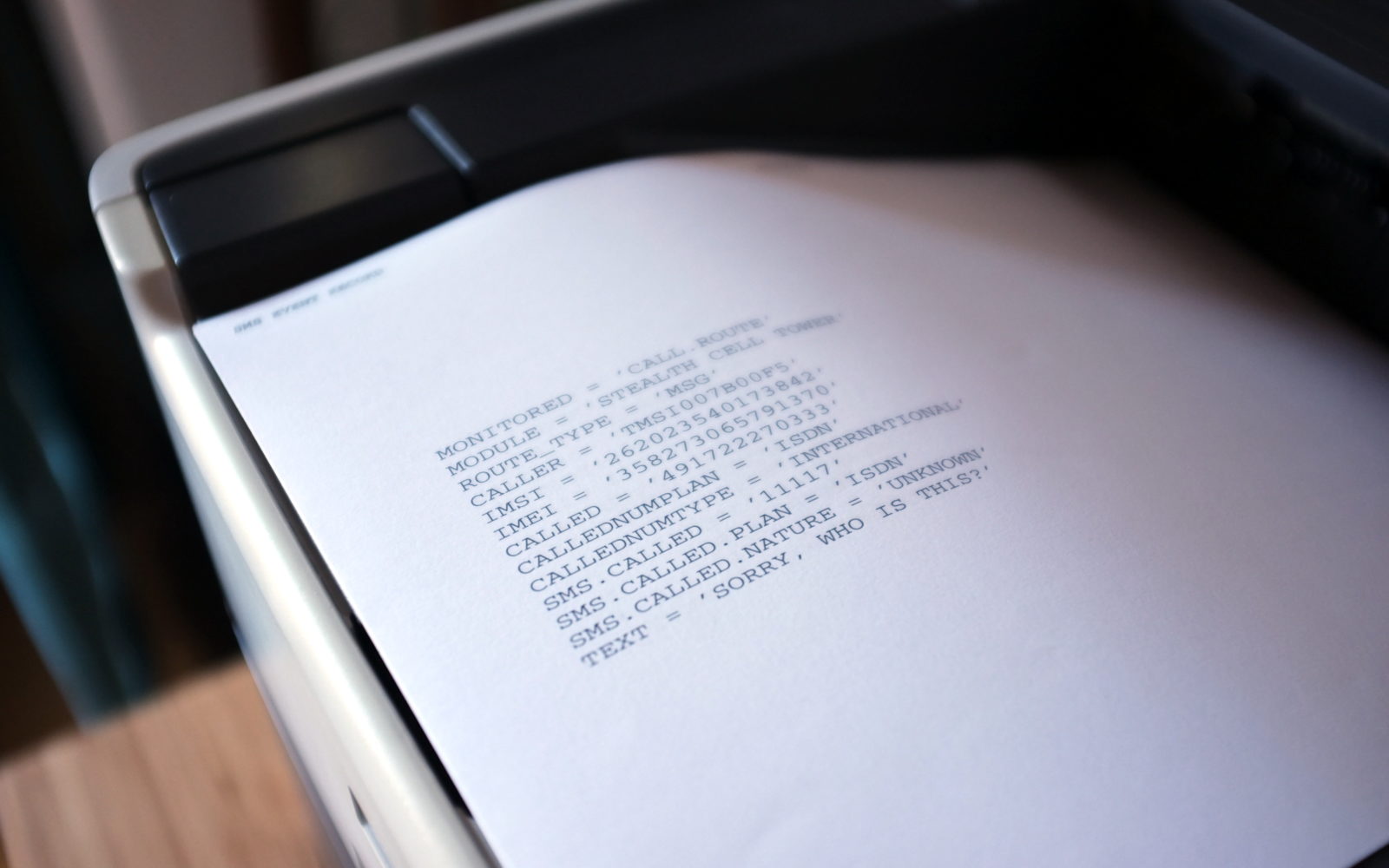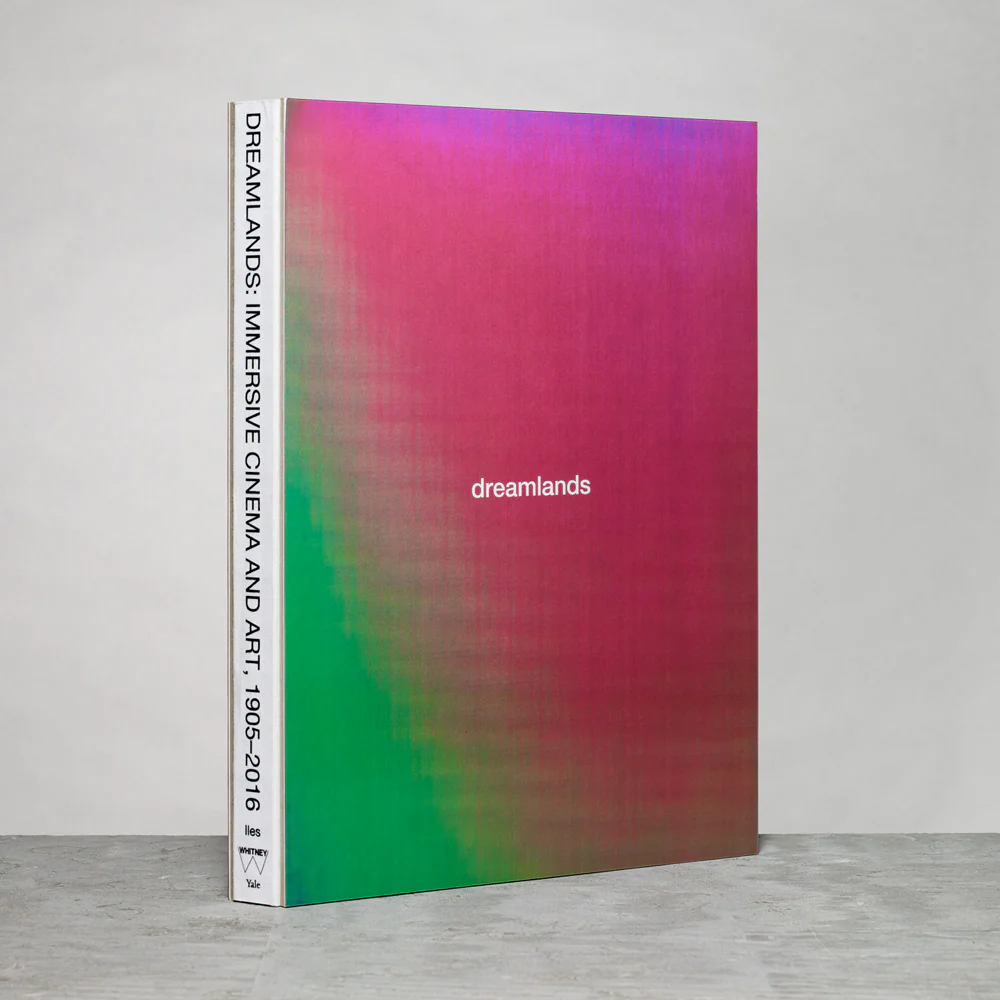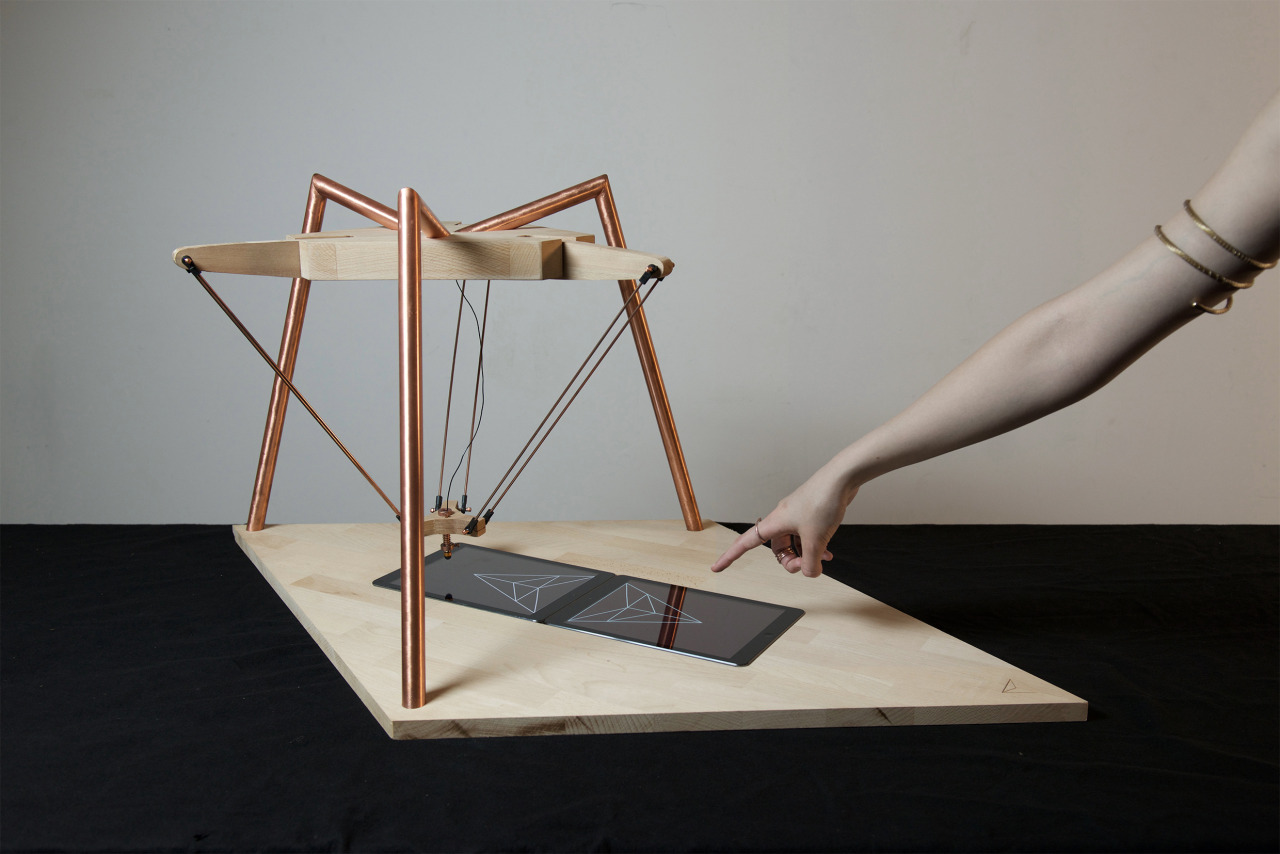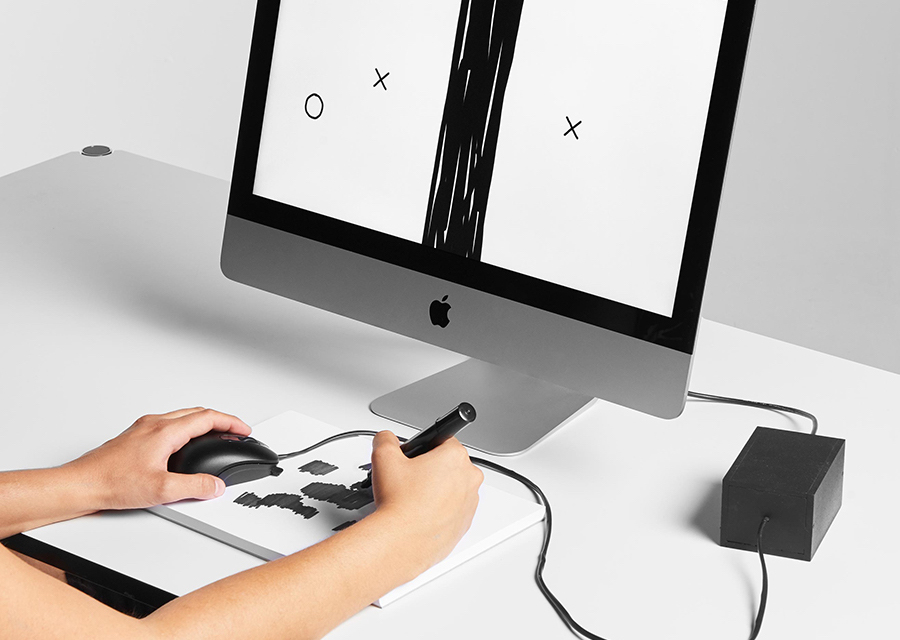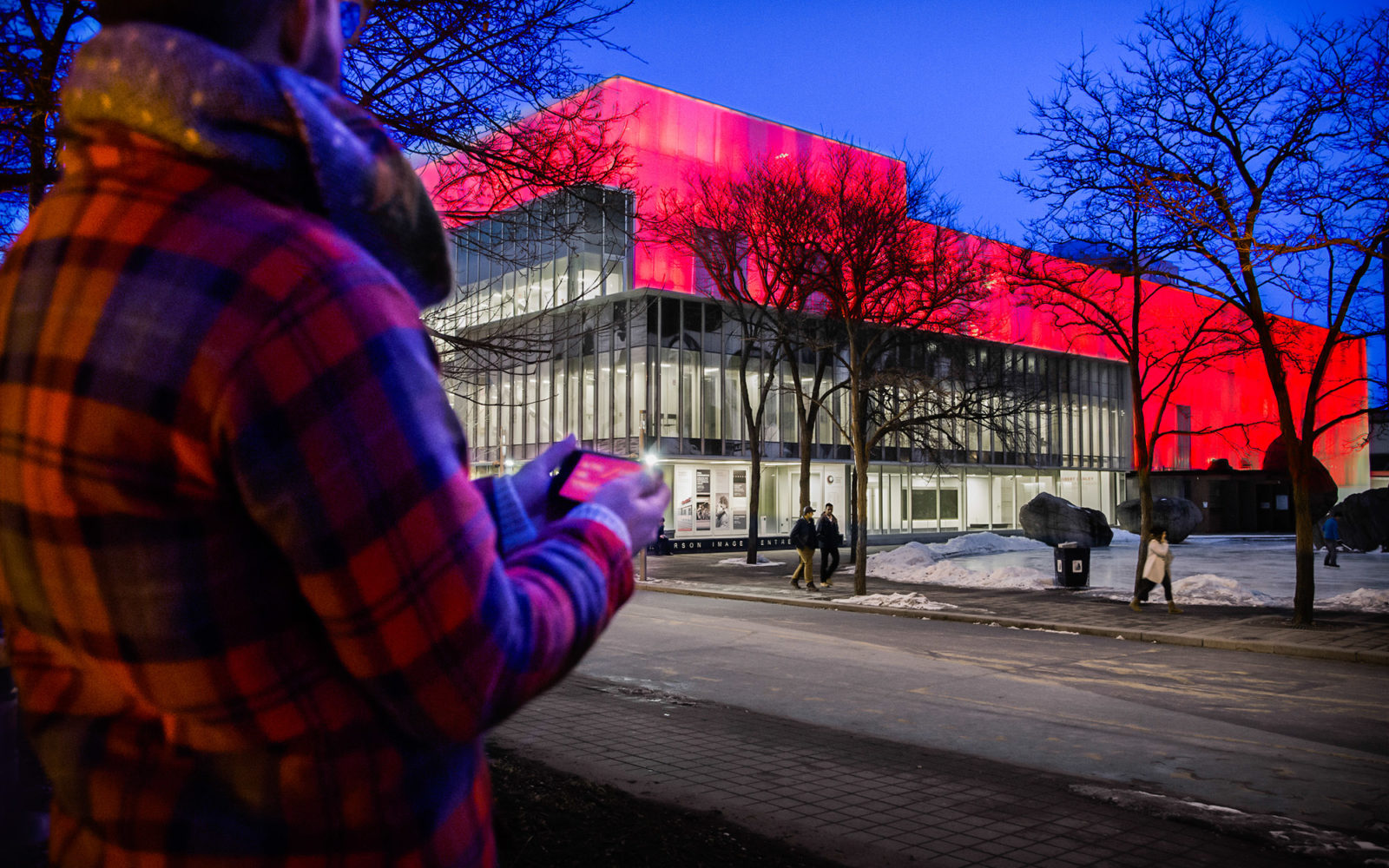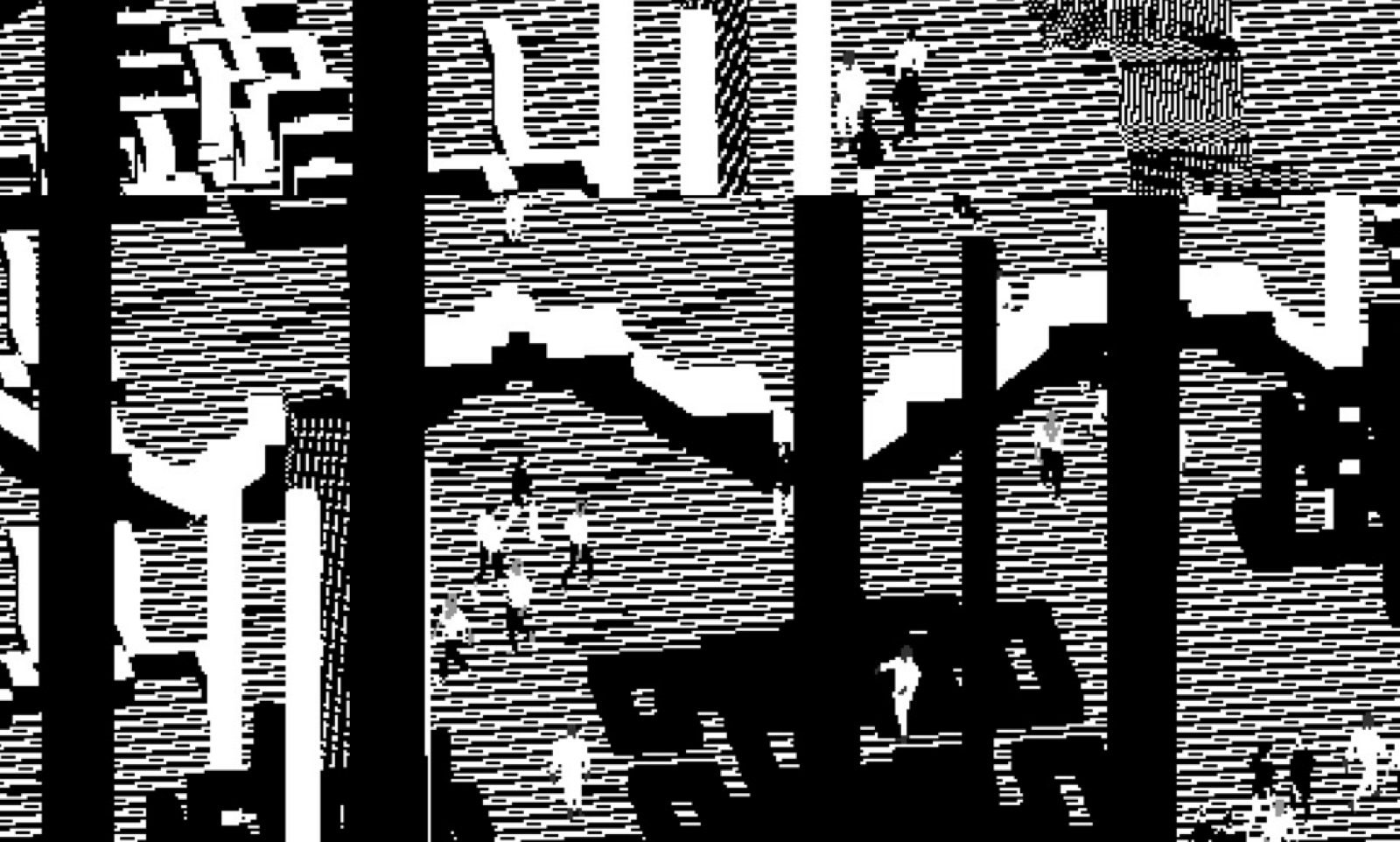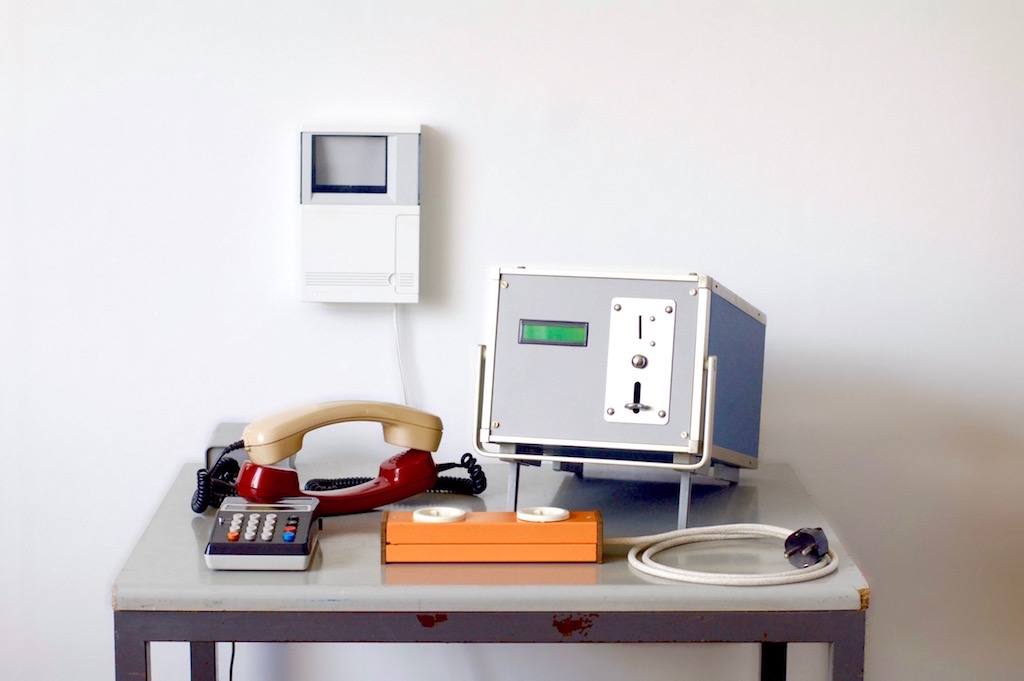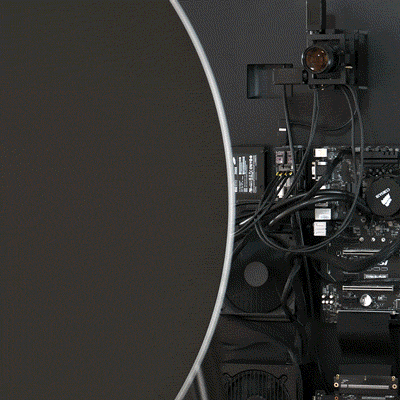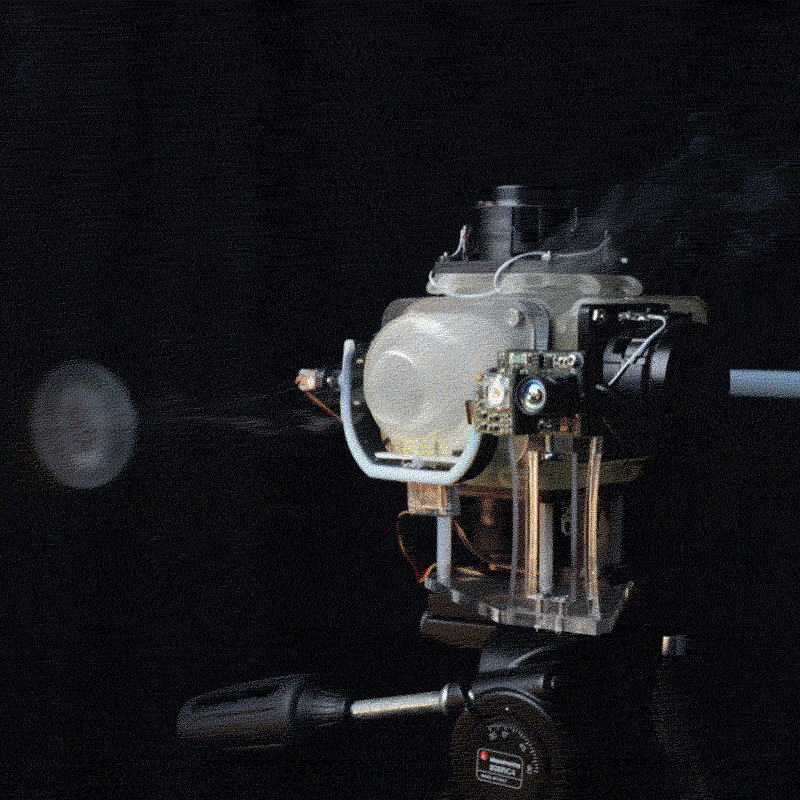/?s=RAW
Displaying search results
730 Results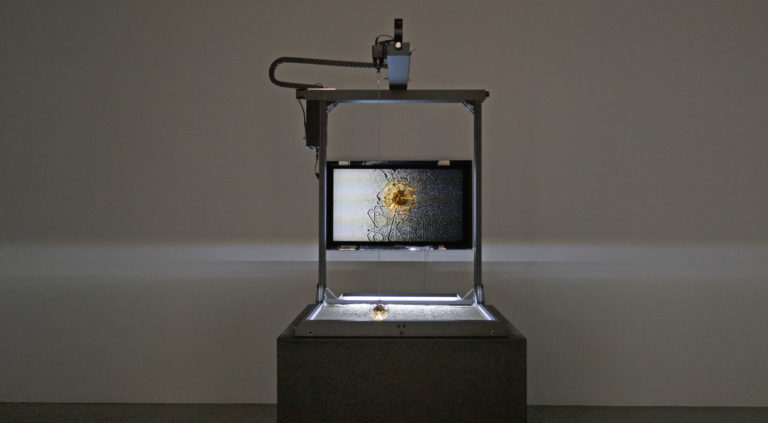
Entropic System is a drawing machine that inscribes ornate geometric patterns into a bed of ‘black beauty’ sand. Made by the Denver-based media artist Laleh Mehran the device has instability built-in to it, and creates a feedback loop where approaching it affects its output.
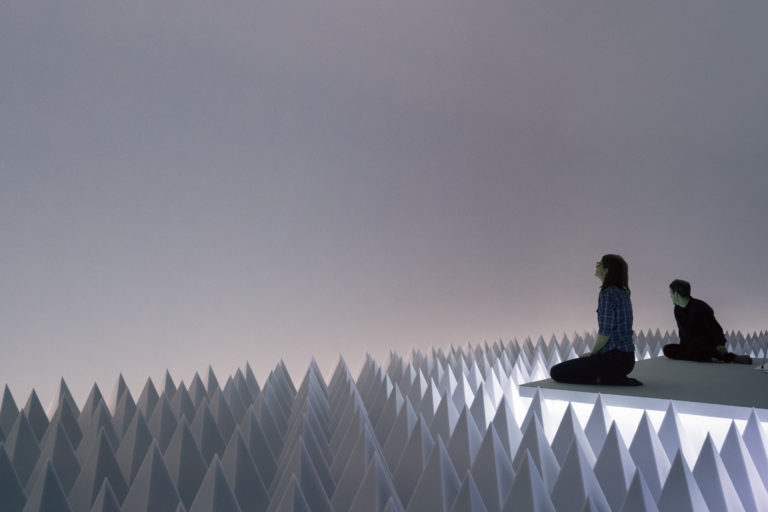
PSAD Synthetic Desert III is a (semi) anechoic chamber that endeavors to emulate the silence and emptiness of the Northern Arizona desert. Initially conceived by the American artist Doug Wheeler in 1968, the project was finally realized at NYC’s Guggenheim last week as part of the Panza Collection Initiative.
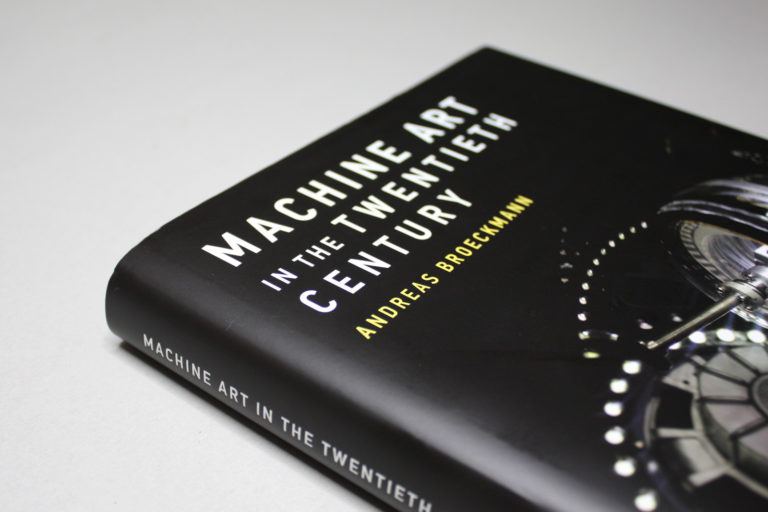
Machine Art in the Twentieth Century is a recent MIT Press-published book by Andreas Broeckmann exploring ‘machinic’ art-making. CAN weighs in with a review of this survey of moments, movements, and key figures spanning futurism to the present day.
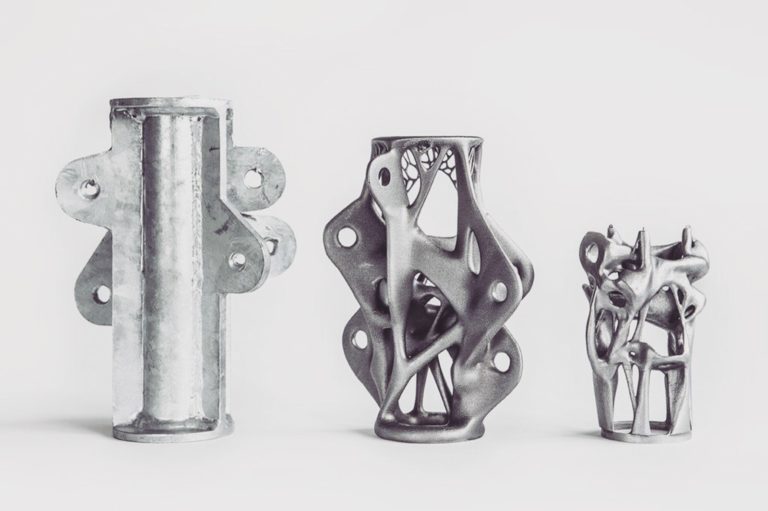
Unhanded was a symposium about ‘making under the influence of digitalism’ that took place in Ottawa last September. CAN was on hand to facilitate one of the discussions, and to mark the publication of the videos online we offer some highlights and thoughts on the proceedings.
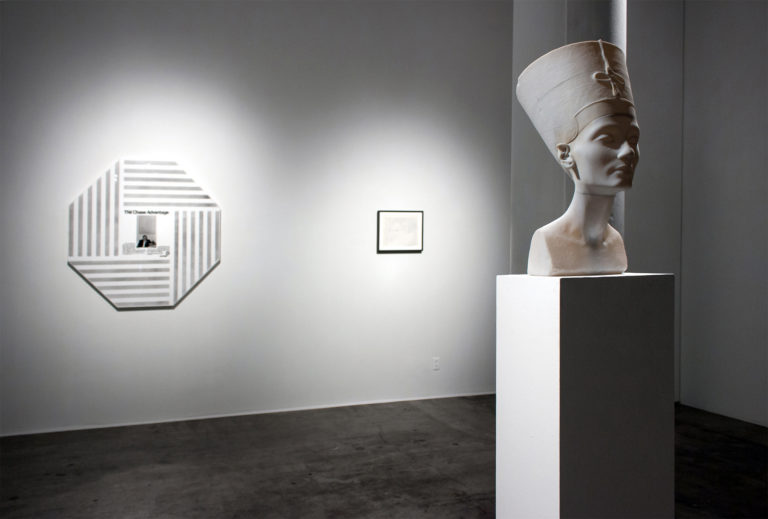
“Evidentiary Realism” is an exhibition that delves into the aesthetics of sites of inaccessibility, incarceration, and intrigue. CAN’s NYC correspondent Dylan Schenker ponders the Paolo Cirio-curated show, which emerges from the collaboration of NOME and the Fridman Gallery.
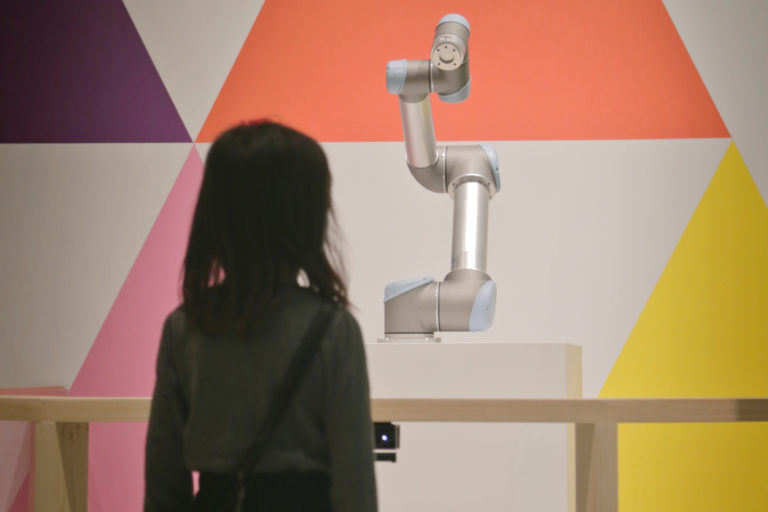
A project by Design I/O for TIFF Kids International Film Festival’s interactive playground digiPlaySpace, Mimic brings a UR5 robotic arm to life and imbues it with personality. Playfully craning its neck to get a better look, arcing back when it is startled – it responds to each child that enters its field of view.
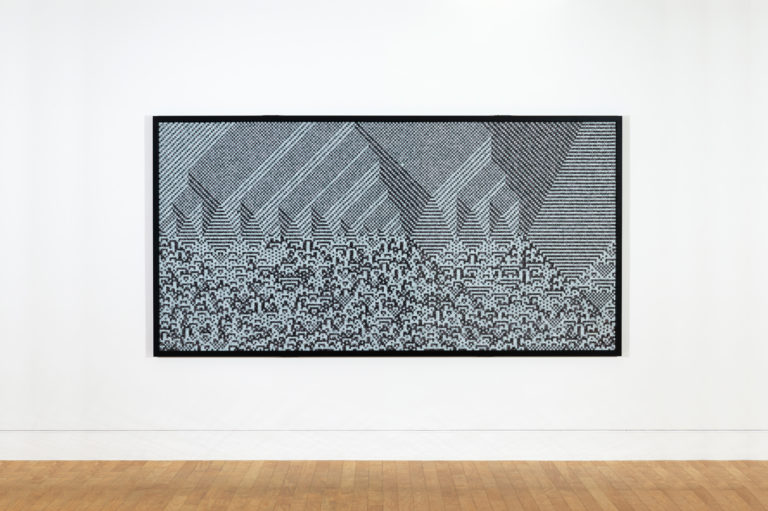
A meditation on several recent Troika projects that render cellular automata with dice and anodised aluminium rather than pixels on a screen. Realized over the last four years, these works demonstrate how a prolonged investigation into a rudimentary approach can yield rich dividends.
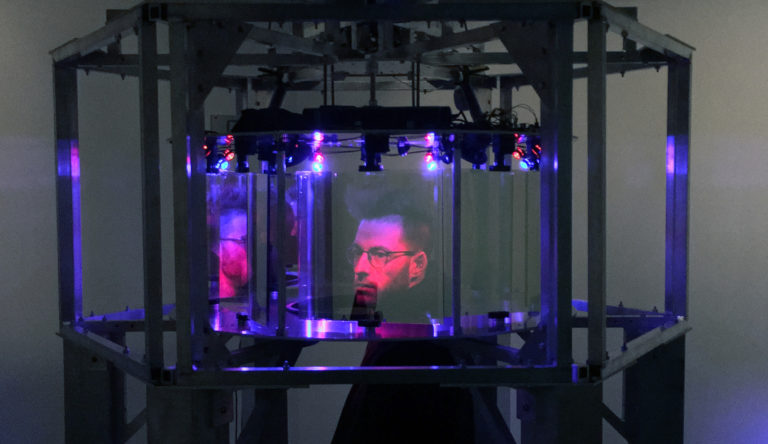
The Object of the Internet is a kinetic installation by Montréal-based artist duo Project EVA. Prepared for “The Dead Web” exhibition at Eastern Bloc, the apparatus invites viewers to put their heads inside an elaborate spinning apparatus that reflects and blurs their likeness and identity.
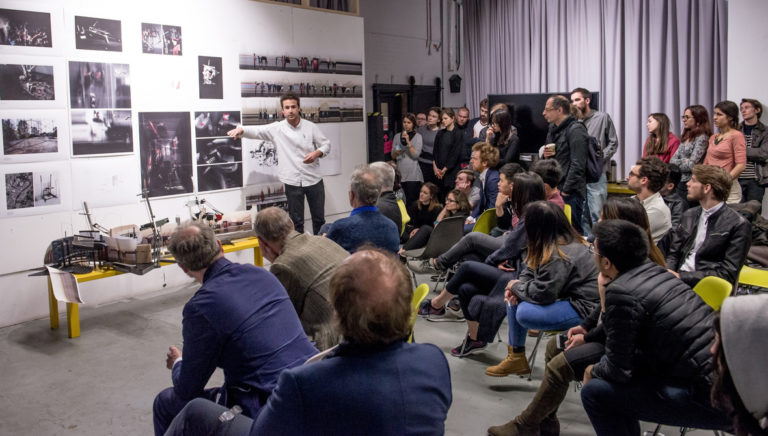
Interactive Architecture Lab founder Ruairi Glynn chats with CAN about the freshly-launched Design for Performance & Interaction (DfPI) programme at the Bartlett School of Architecture, University College London.
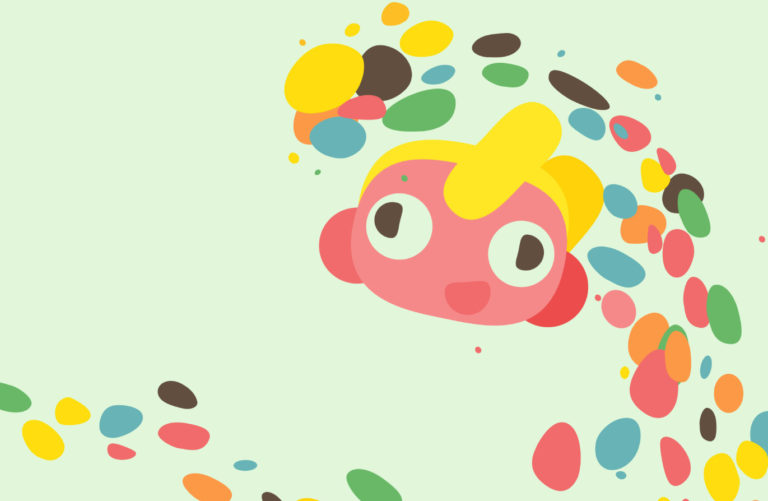
Part of a new series of posts inviting artists and curators to share latest projects on CAN, we’d like to introduce you to Evan Boehm, and his latest collaboration with Nexus Studios. Solace is an interactive animated film based on celebrated science fiction writer Jeff Noon’s short story about a near future in which marketing and addiction are disturbingly intertwined.
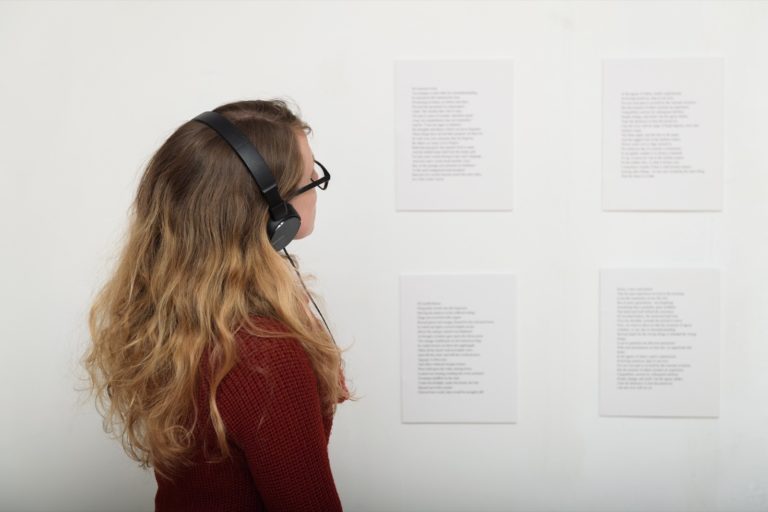
In the final week of the last year’s fall 10-week program at the School for Poetic Computation (SFPC), students presented their work in progress and its underly ideas in a public showcase. Here is a selection of projects that were presented.
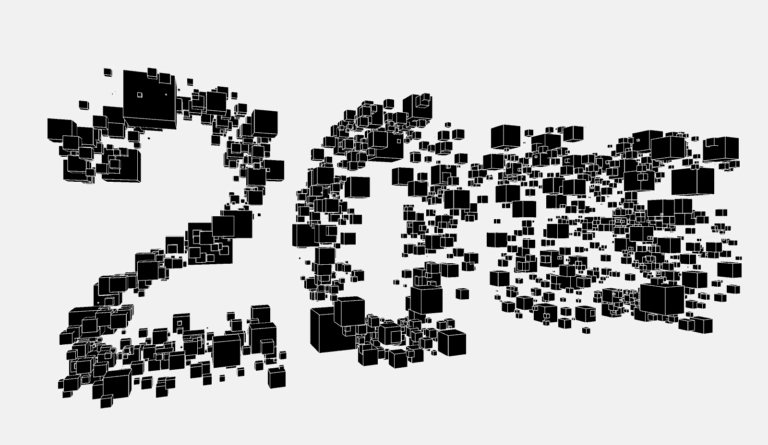
At its best, creative inquiry offers intellectual nourishment, empowerment and solace. At the end of 2016, we need all of those, which is why remembering – and celebrating – the outstanding work done this year is all the more important. Over the past twelve months we’ve added more than 100 projects to our archive – and with your help we’ve selected the favourite ones!
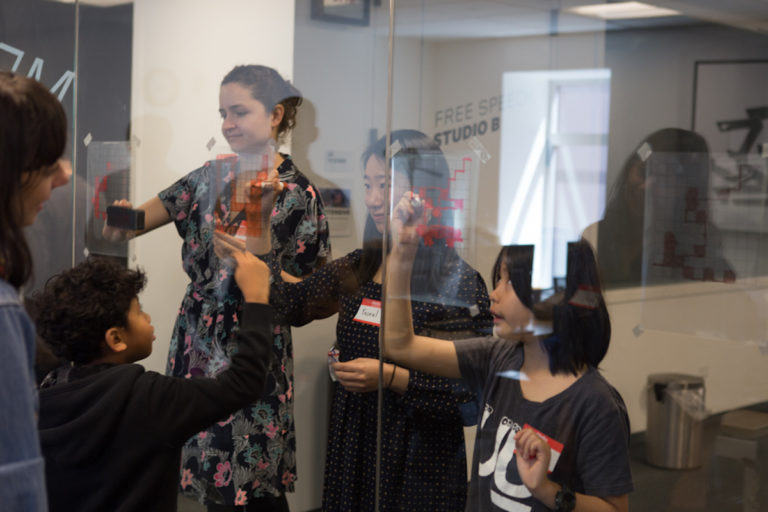
From the Digital Citizens Lab to making Processing more accessible – Lauren McCarthy, Los Angeles-based artist and Processing Foundation board member, surveys the work of the 2016 Processing fellows and sheds light on the Foundation’s 5-month fellowship program.
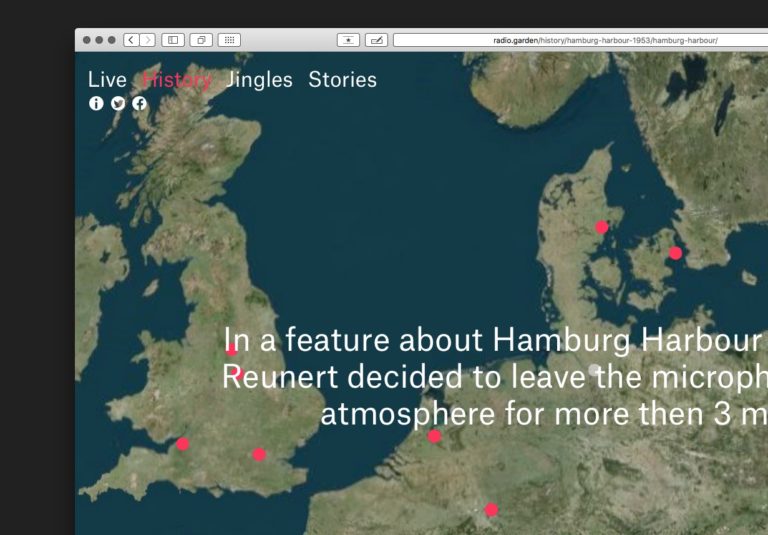
Created by Studio Puckey & Moniker, Radio Garden is a research project that places radio research within contemporary discussions about migration, cultural identities, encounters and memories by generating new knowledge about the meaning of radio and listening in the age of globalisation and digitisation.
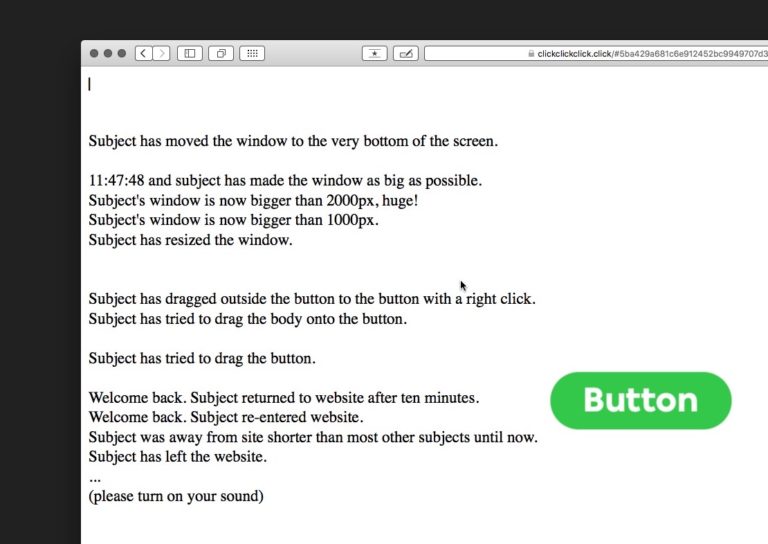
Created by Moniker (Roel Wouters & Luna Maurer) and made in conjuction with We Are Data travelling installation, Clickclickclick.click reveals the browser events used to monitor our online behaviour.
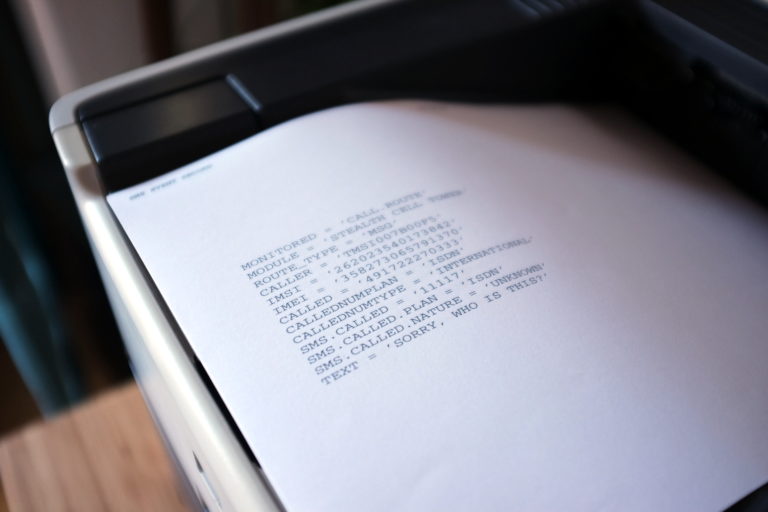
Julian Oliver’s latest hardware provocation is a fake cellular tower masquerading as an HP laserjet printer. The device evokes ubiquitous ‘StingRay’ surveillance technology and the real (fake) cell towers that pepper urban landscape.
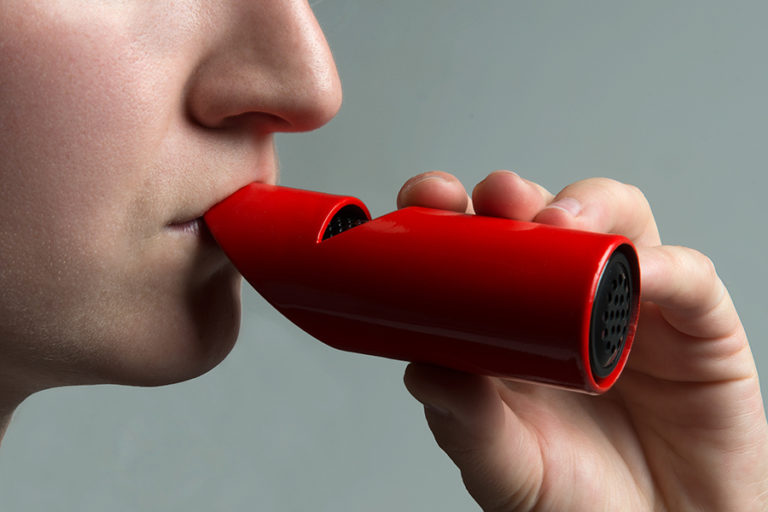
Created by Lara Defayes at ECAL, UV Map, Vanishing Shades and FOMO Survival Kit are a series of project produced during her studies at the art and design school in Lausanne, Switzerland. All three projects, and others that can be viewed on her website, explore the contradictions and opportunities of digital in physical.
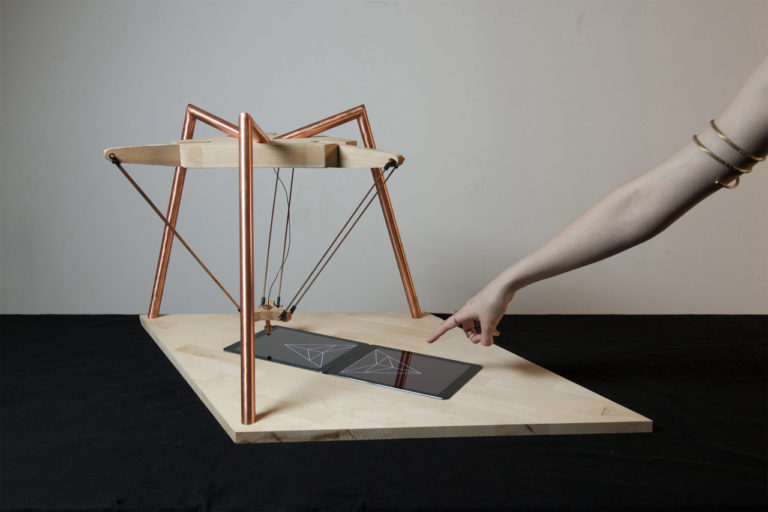
Created by Alexia Léchot at ECAL, Deltu is a delta robot with a personality that interacts with humans using two iPads. Created using arm technology normally found in 3d printers, Deltu uses three different applications on the iPad Alexia built for it, using symmetry as an interpretation, a mirror and a reflexion of our own image.
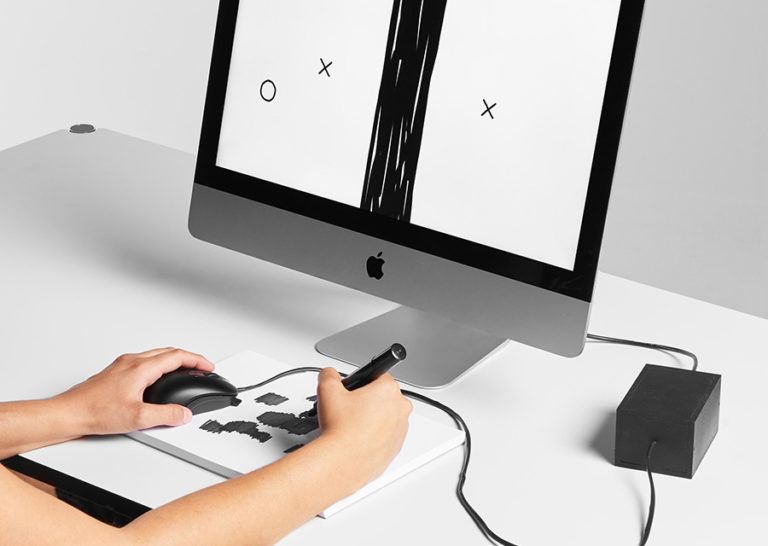
Created by Mylène Dreyer at ECAL, Scribb is a computer game in which the physical area scanned by the mouse is an integral part of the interaction. The player must draw black areas, detected by the mouse, to be able to evolve in the game, simultaneously managing the position of the mouse and the surface on which it is placed.
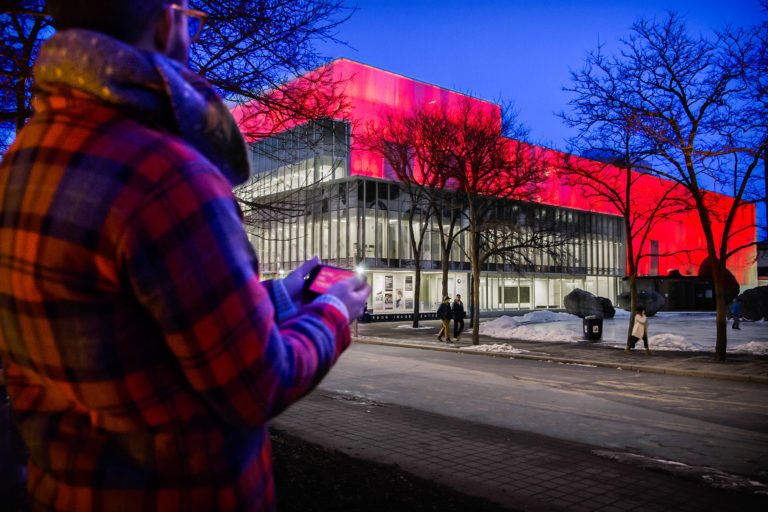
Dave Colangelo, a researcher and artist focused on the role media plays in the city. An Assistant Professor at the Portland State University in the School of Theatre + Film, and a member of the Public Visualization Studio, Colangelo chatted with CAN about media façades, public art, and Pokémon Go.
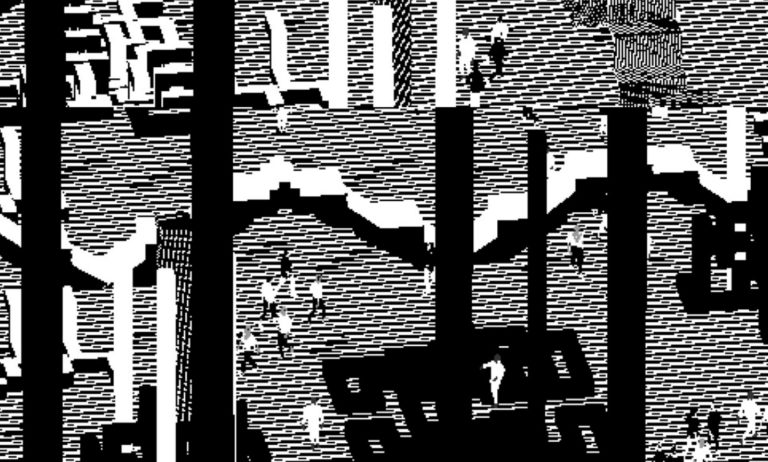
Opening this week at the 3LD Art & Technology Center, NYC is the exhibition of work by Peter Burr titled “Pattern Language”. Pattern Language uses footage from a video game called Aria End that Burr is currently developing with celebrated author of interactive fiction Porpentine.
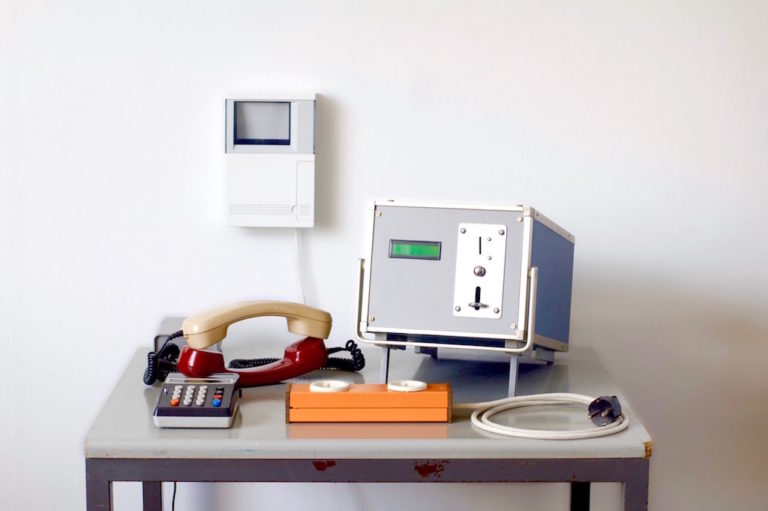
Created by Steffen Hartwig, On the Secret Life of Things is a series of experimental prototypes that explore the new and ubiquitous things of daily life. Using familiar objects, the objects are repurposed, limited to their original function/behaviour but re-imagined for the age of information.

